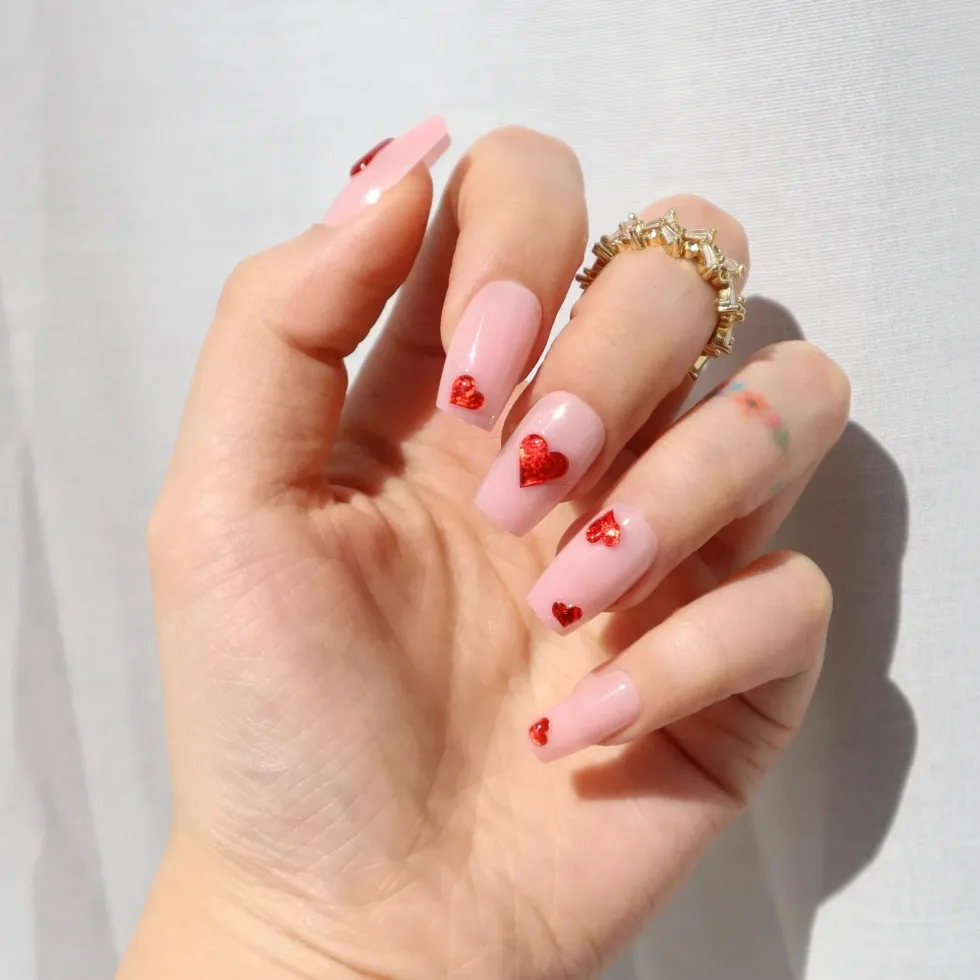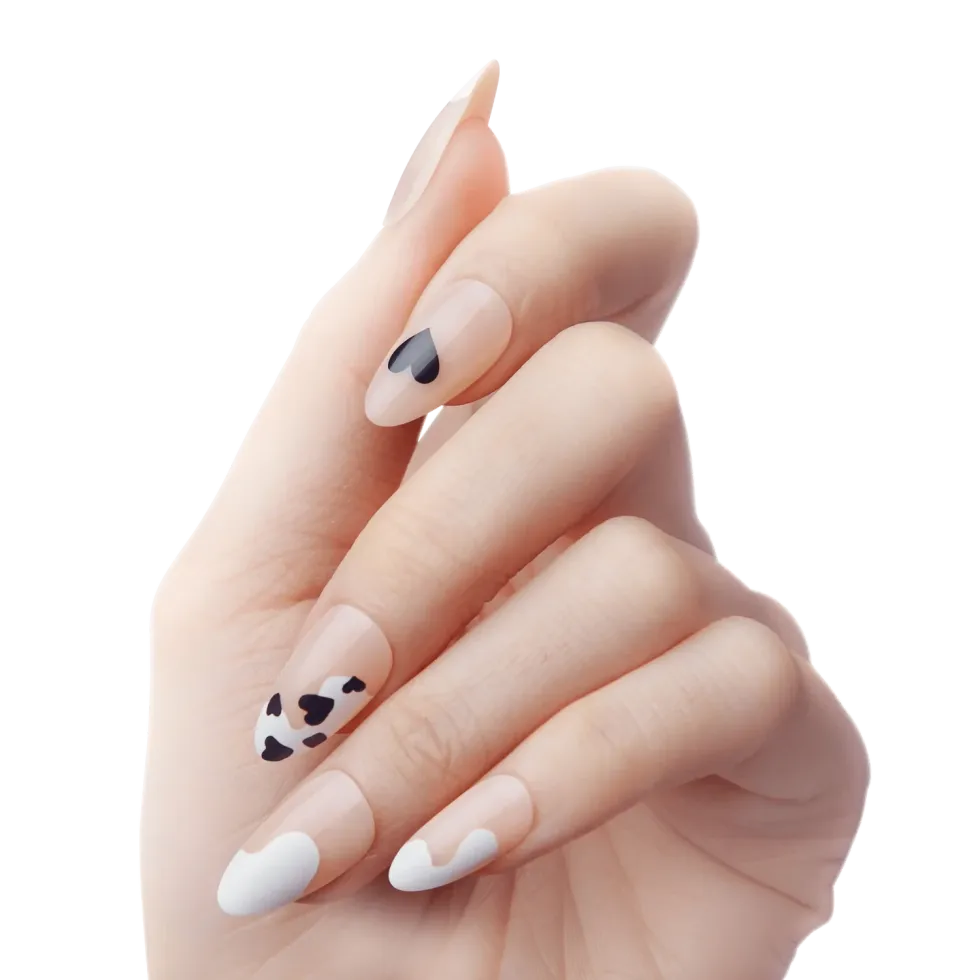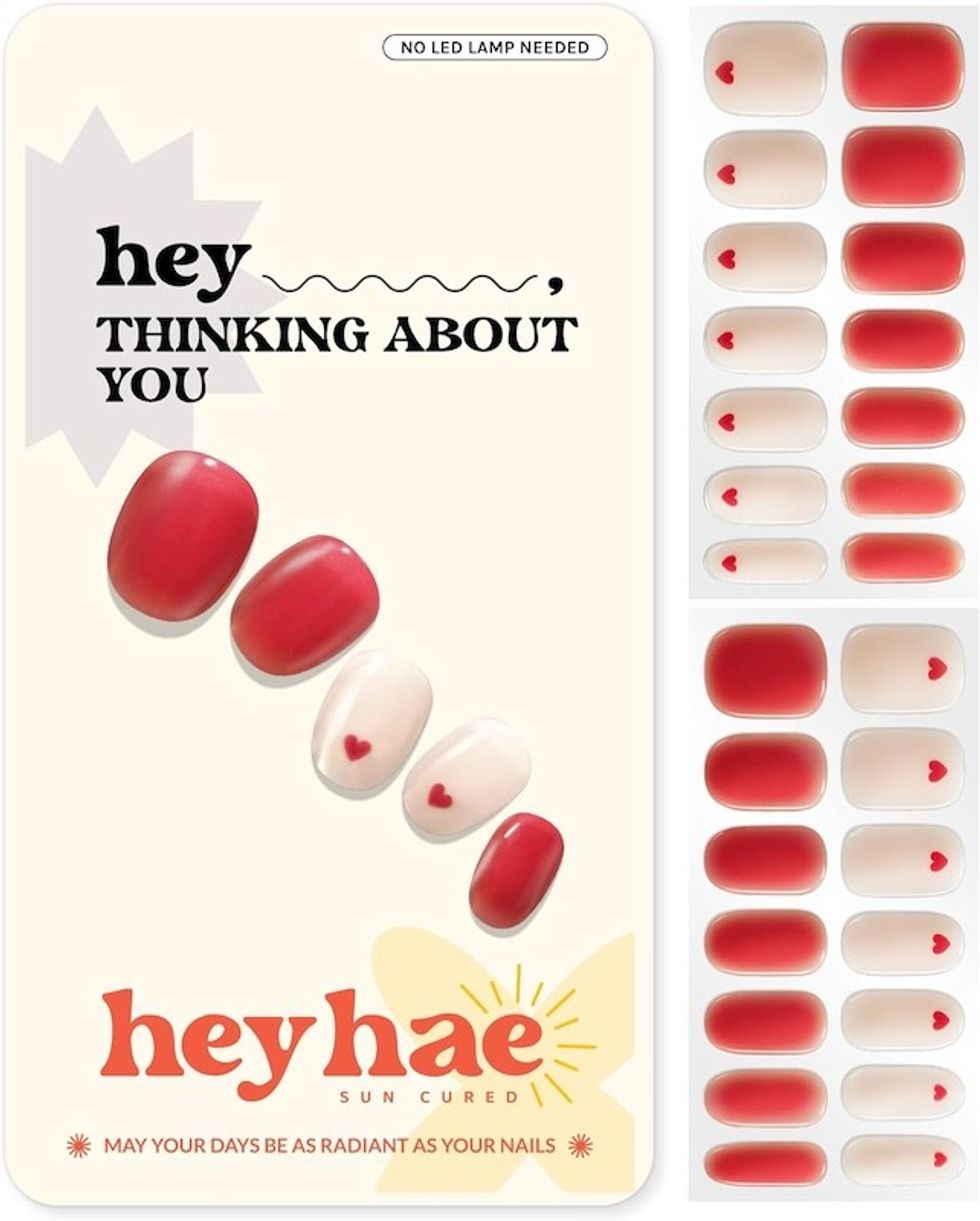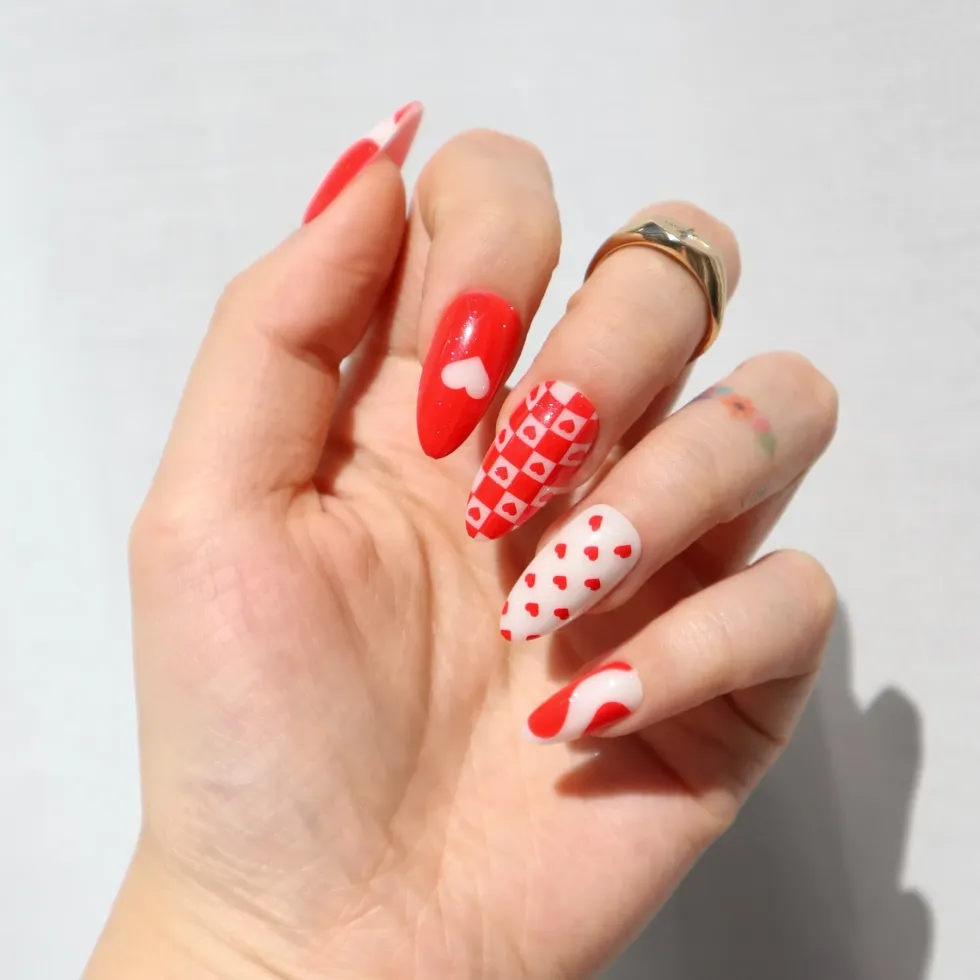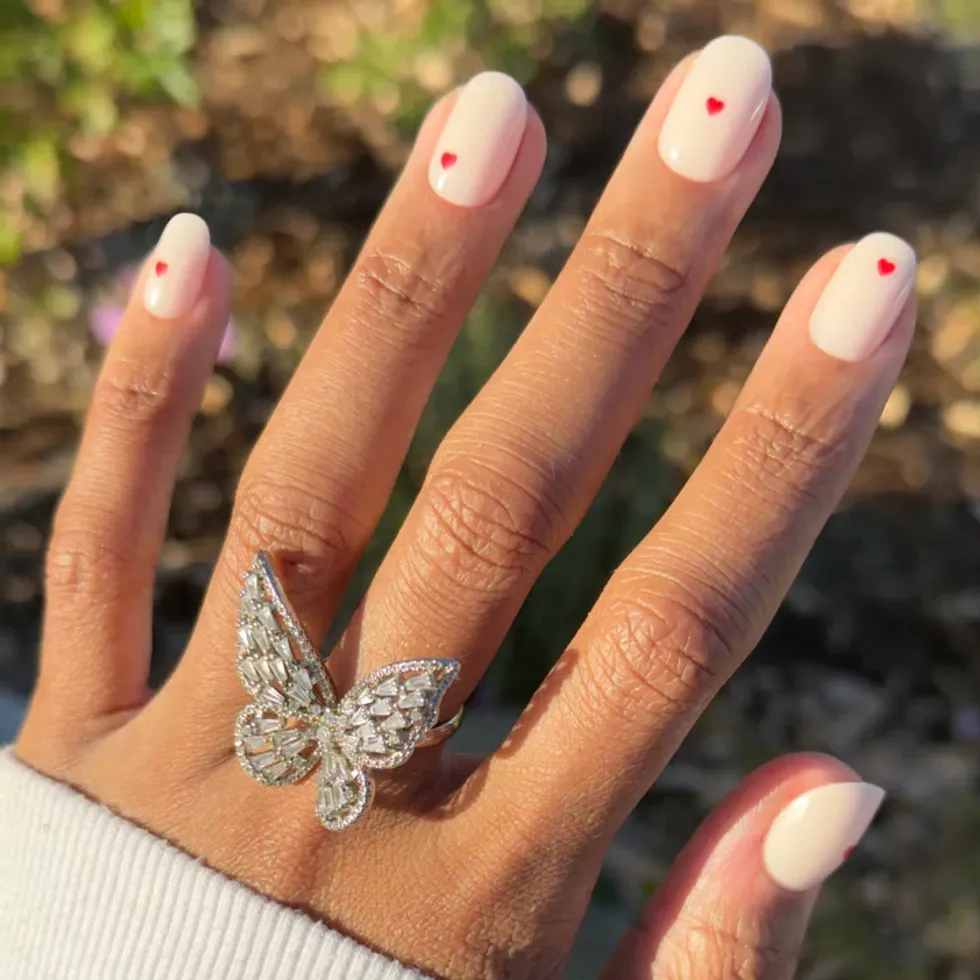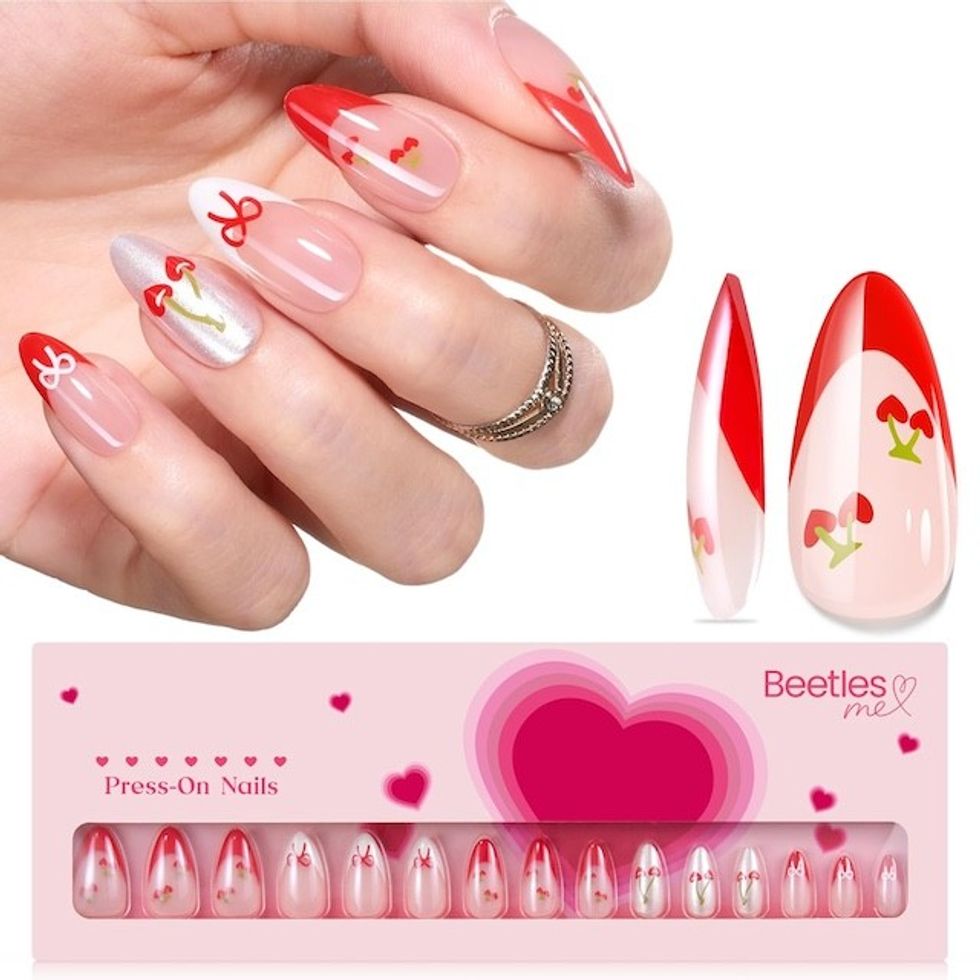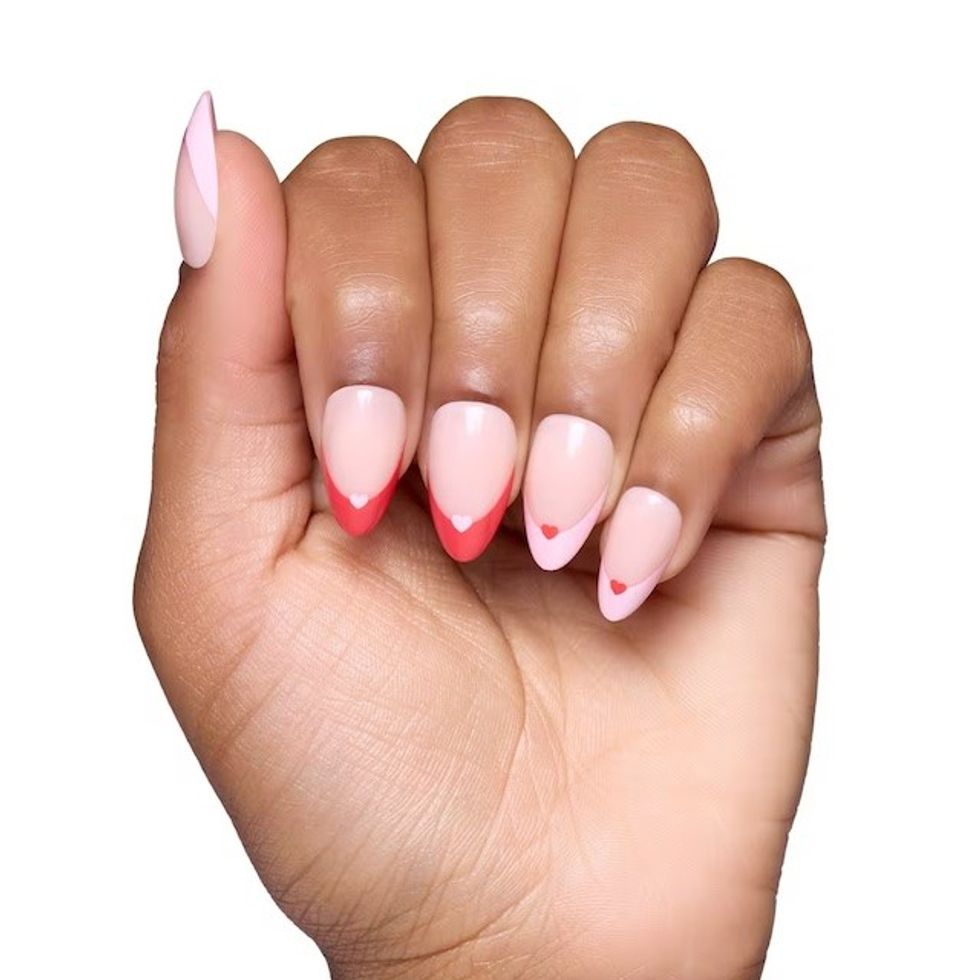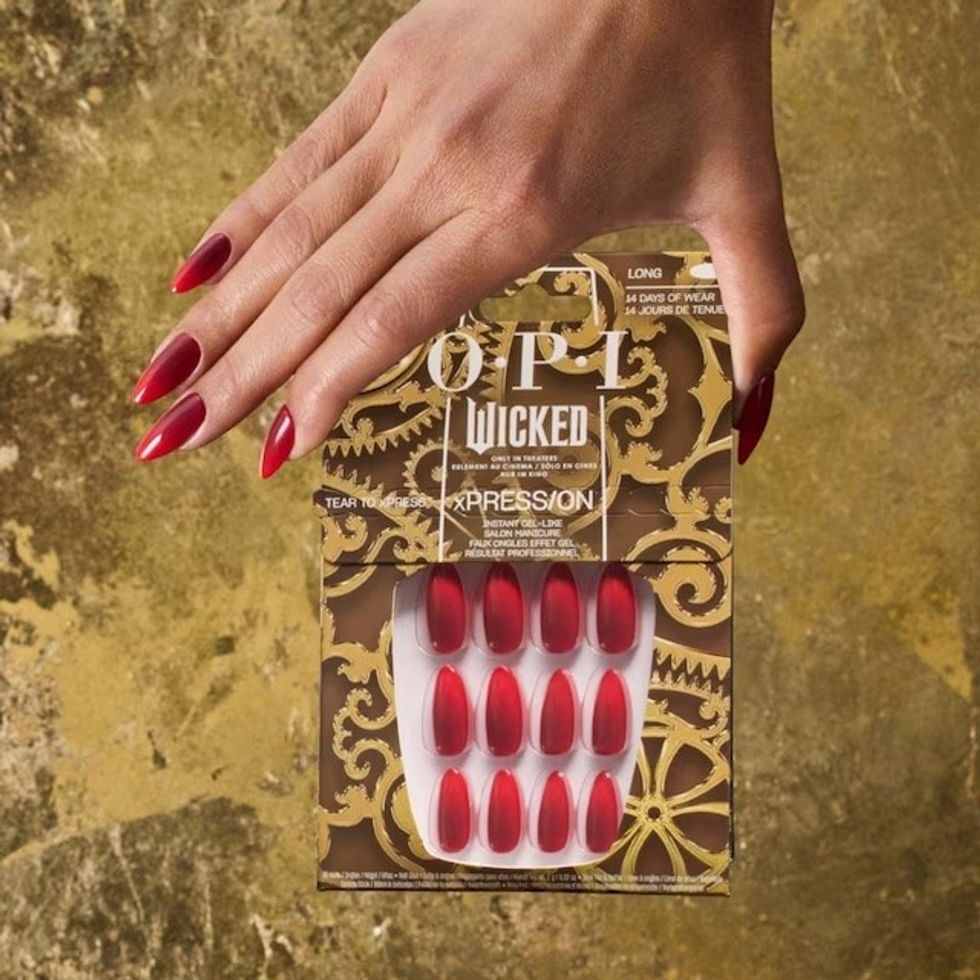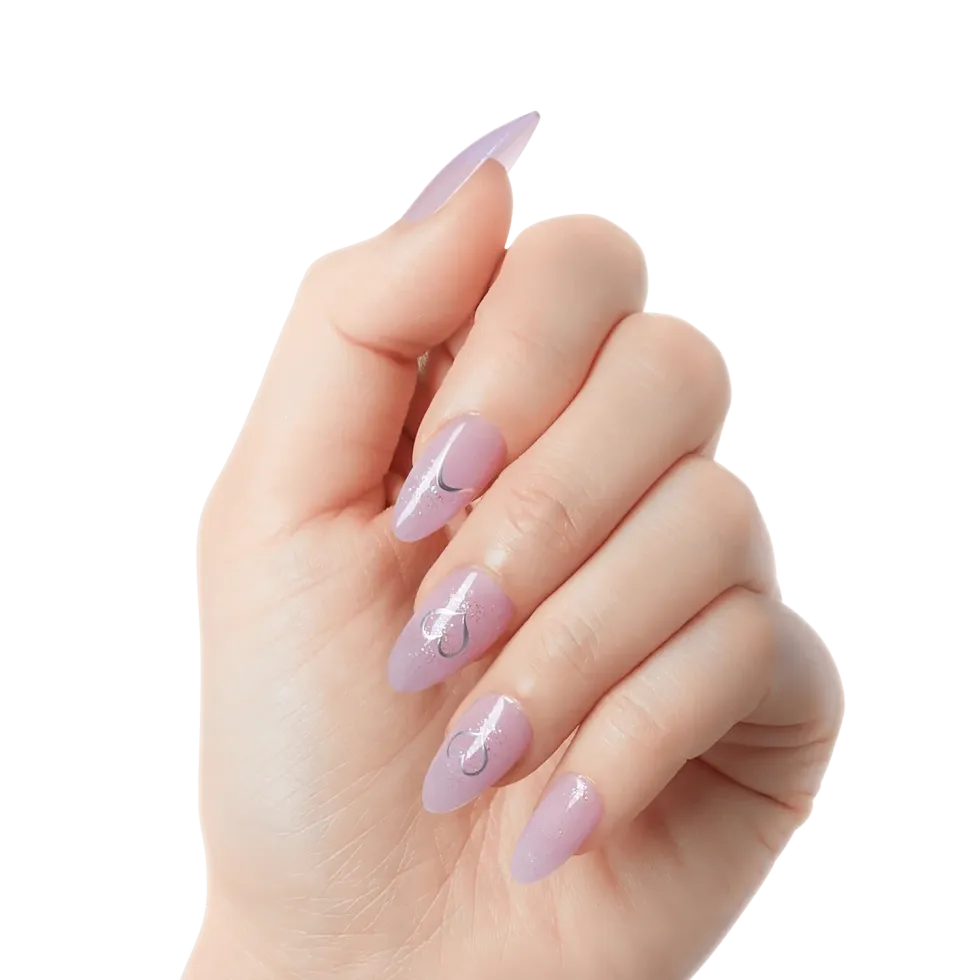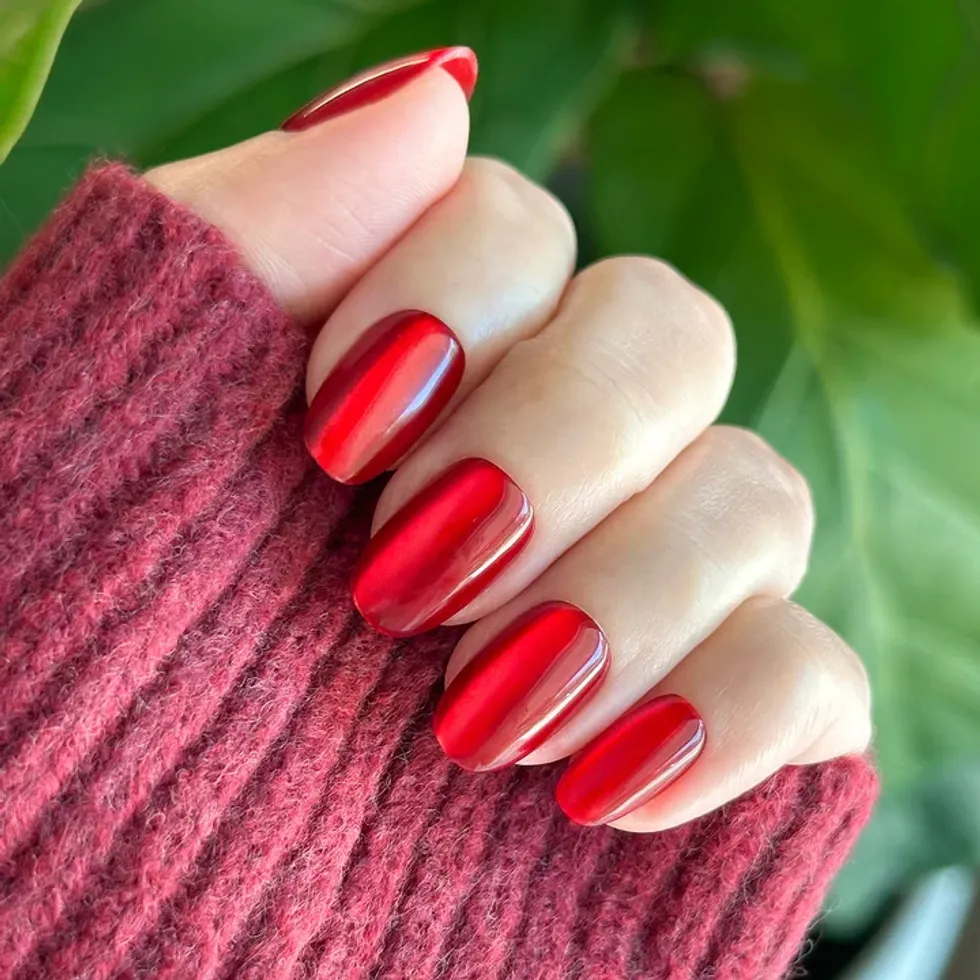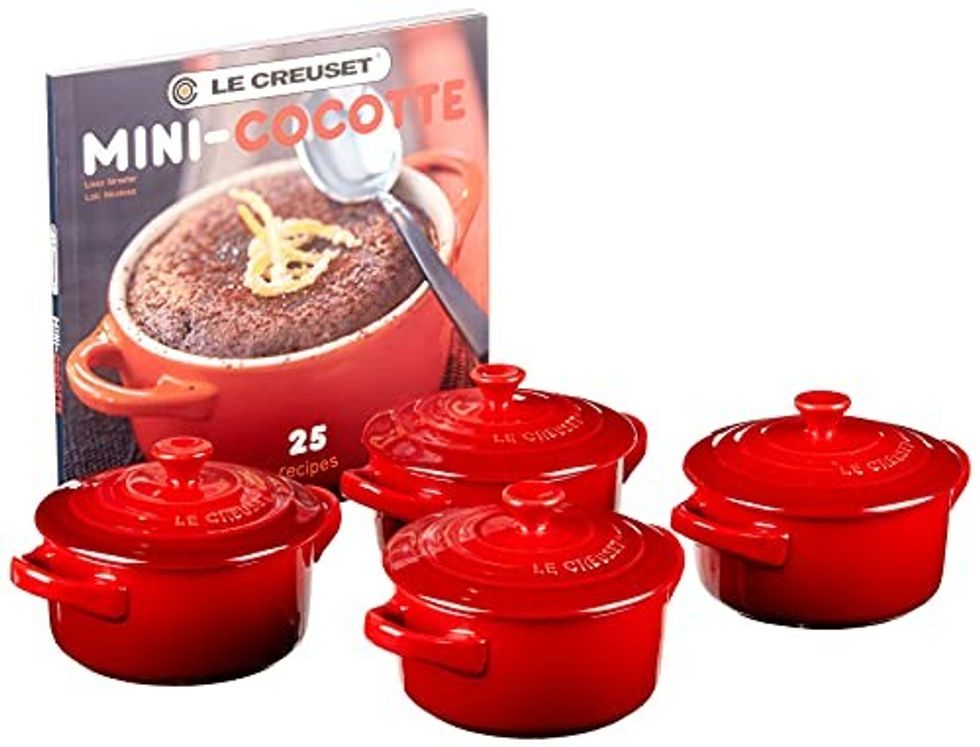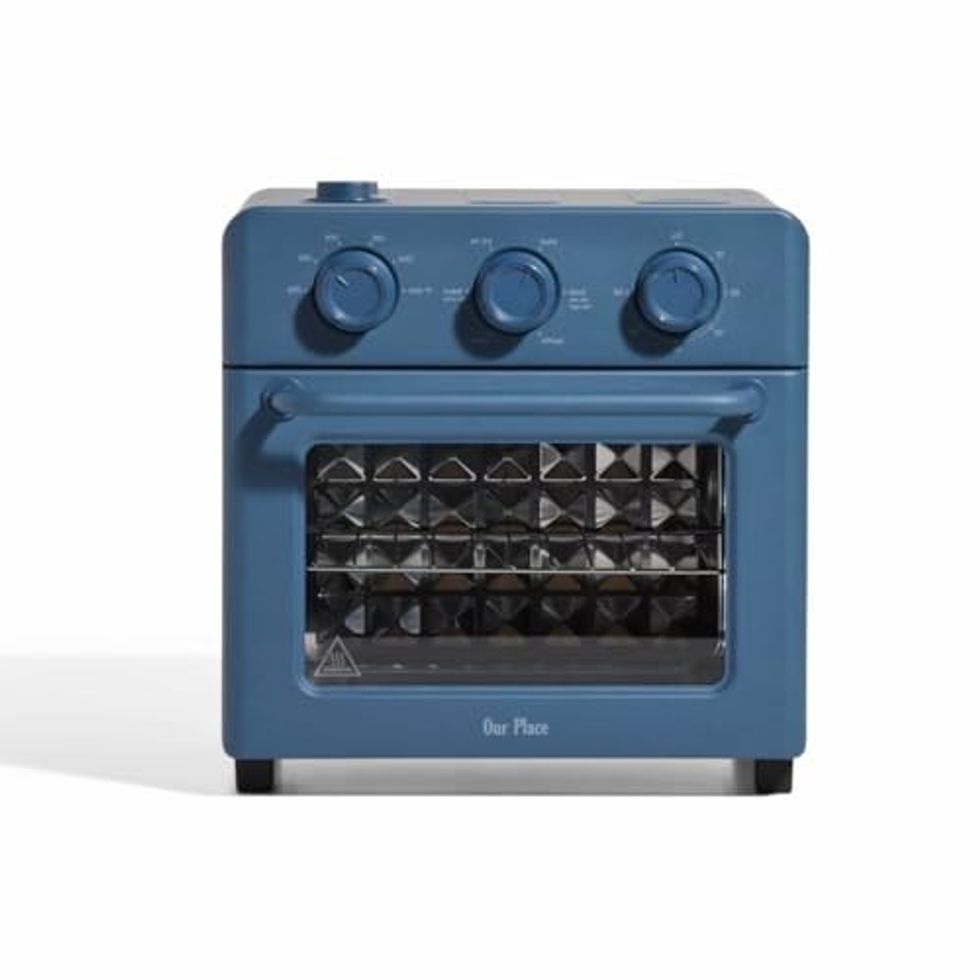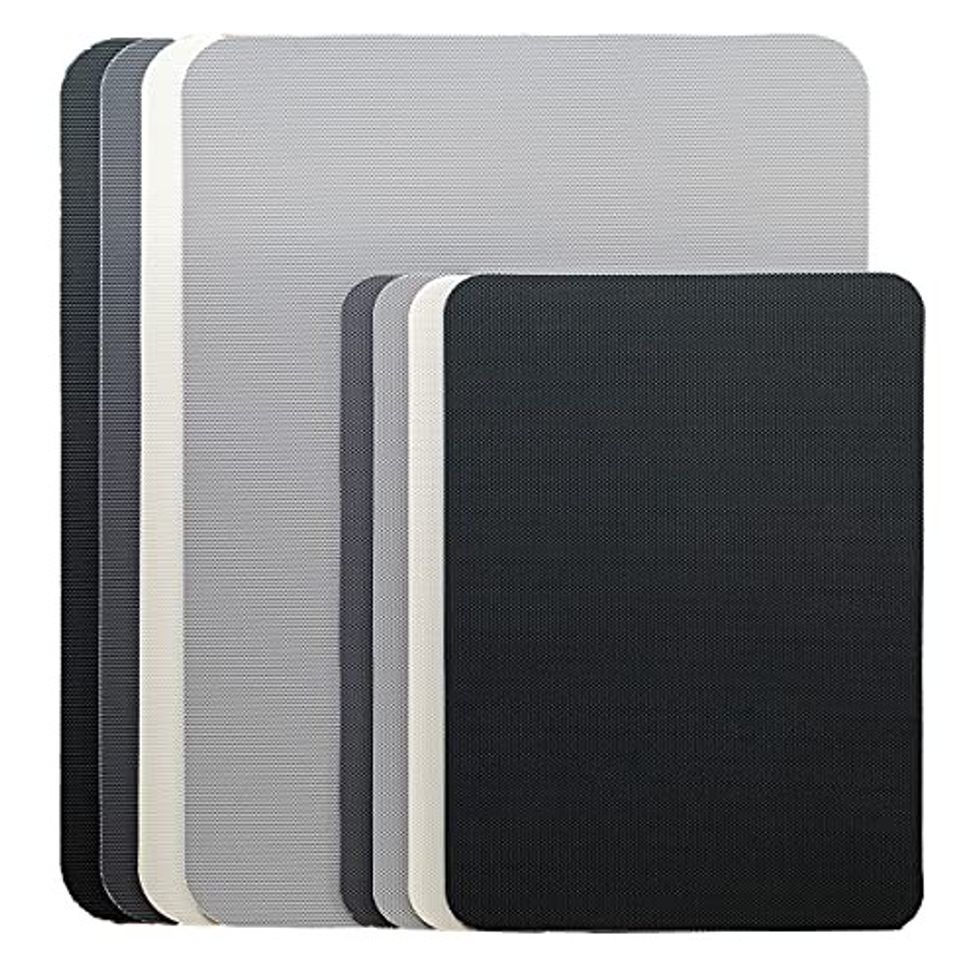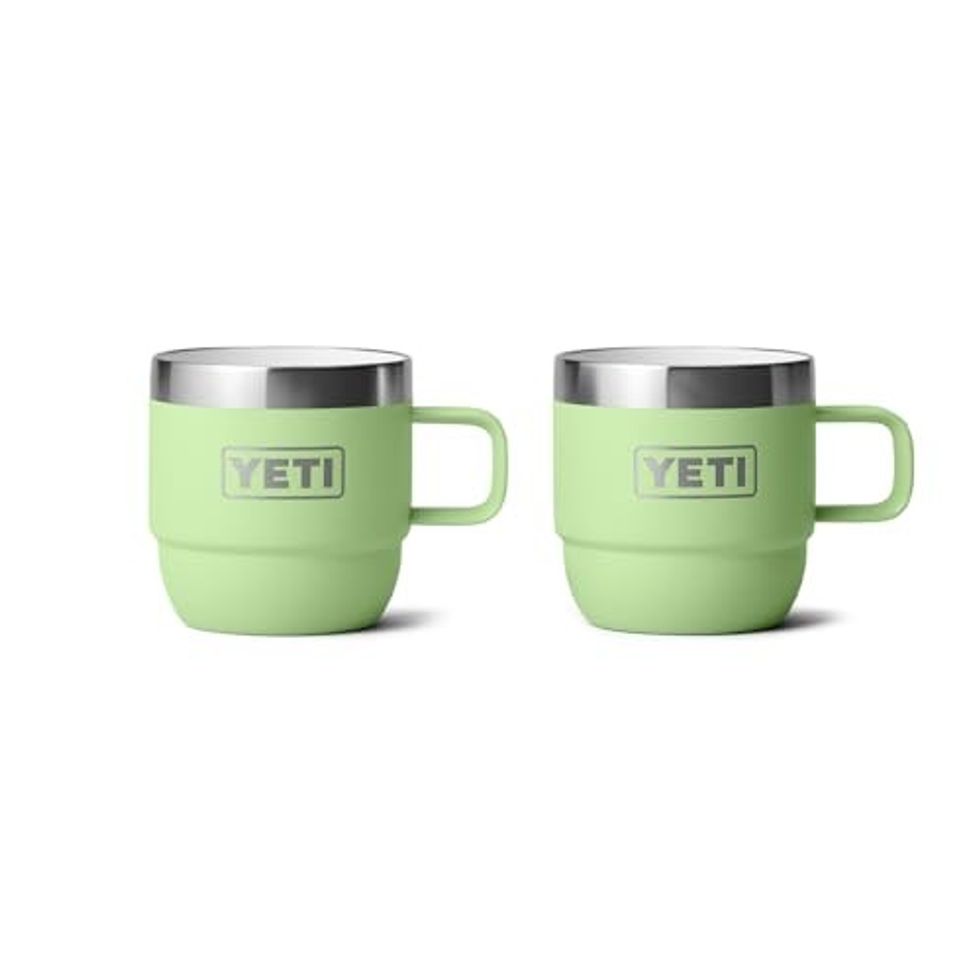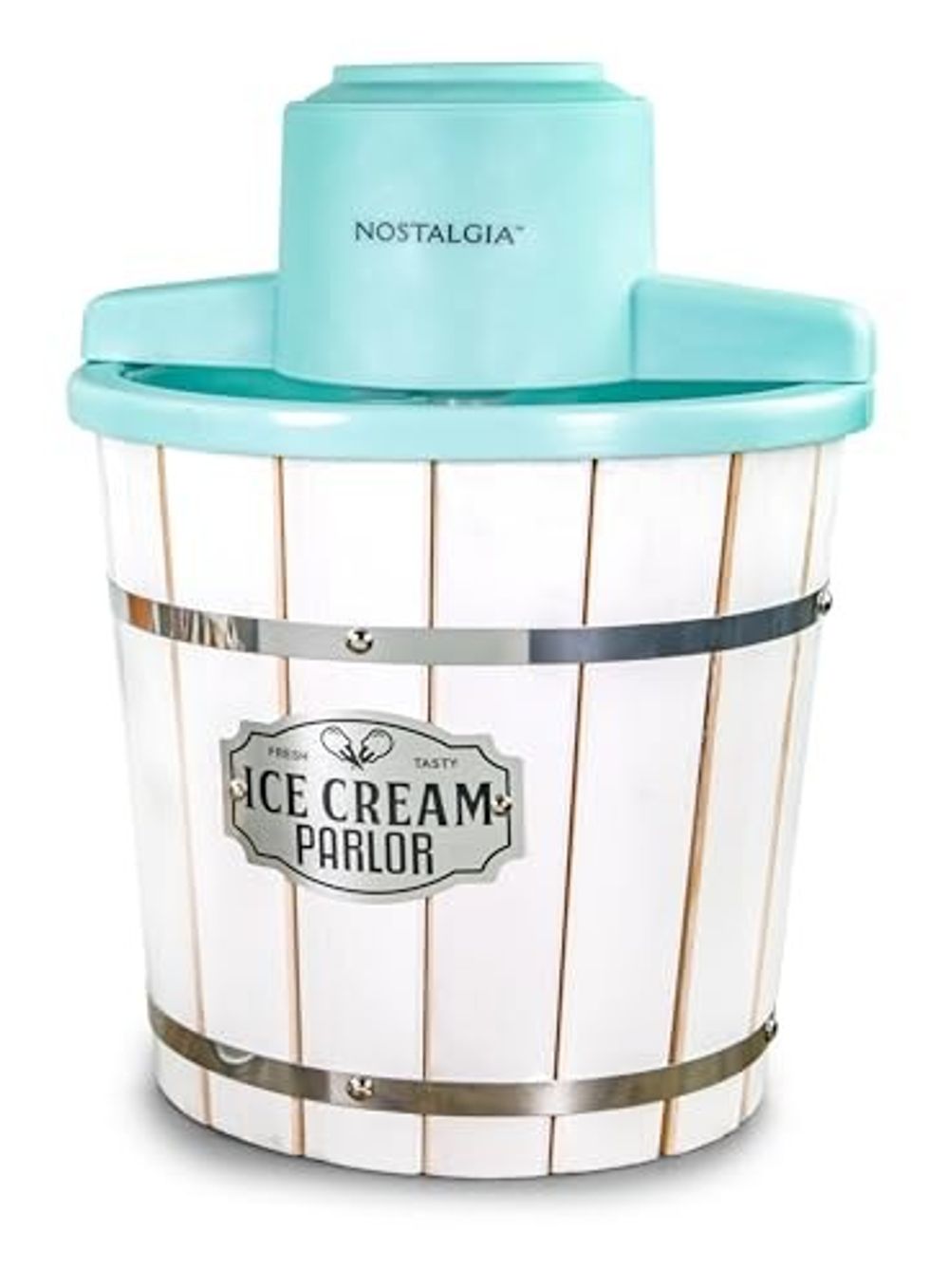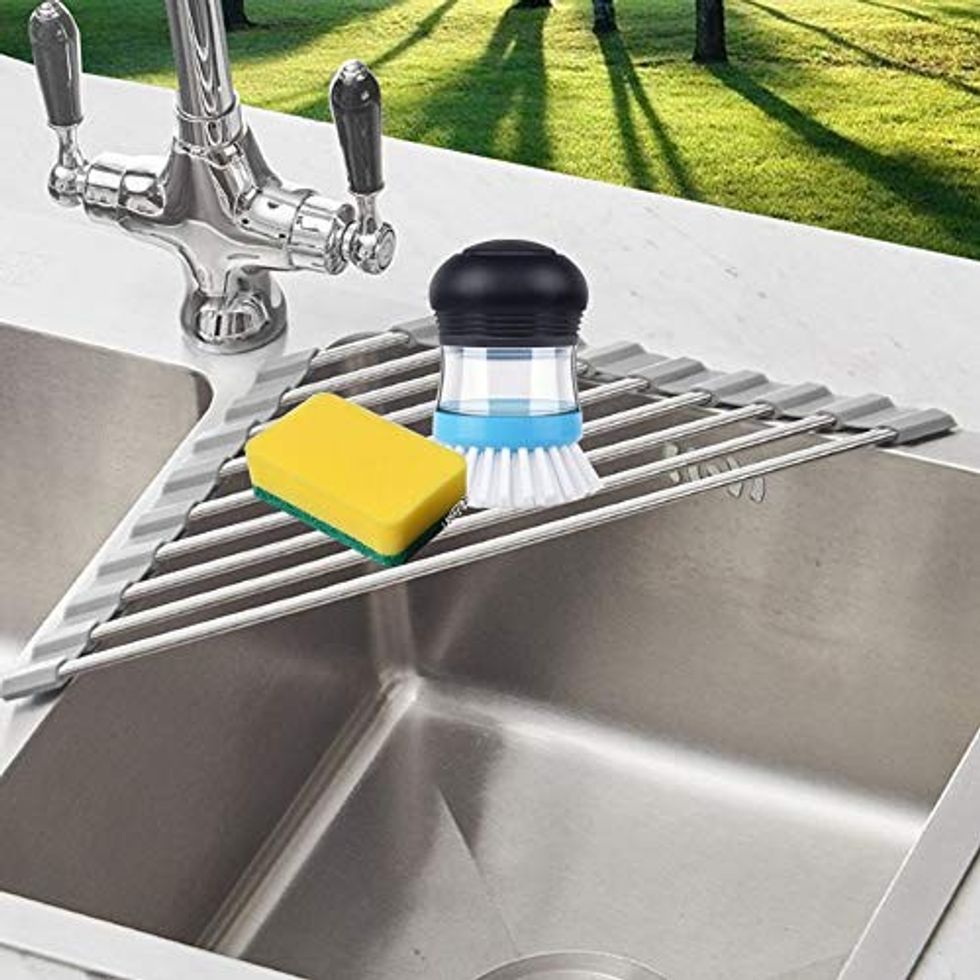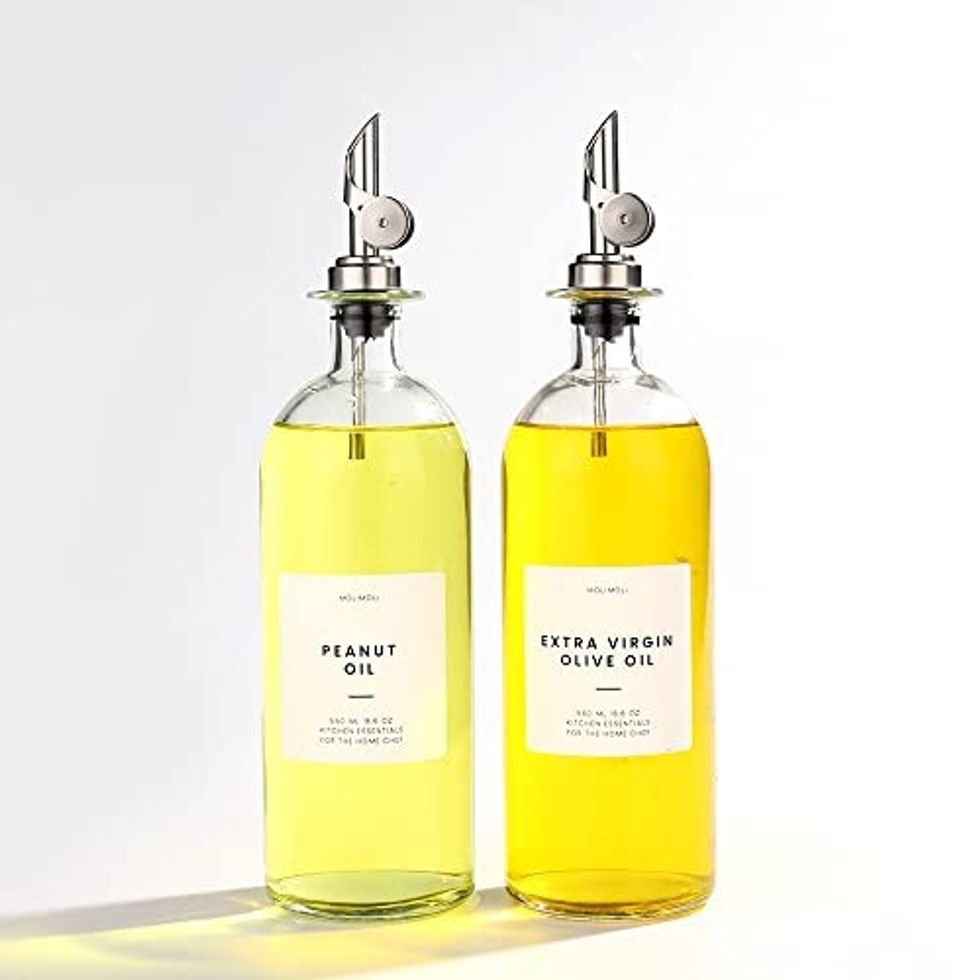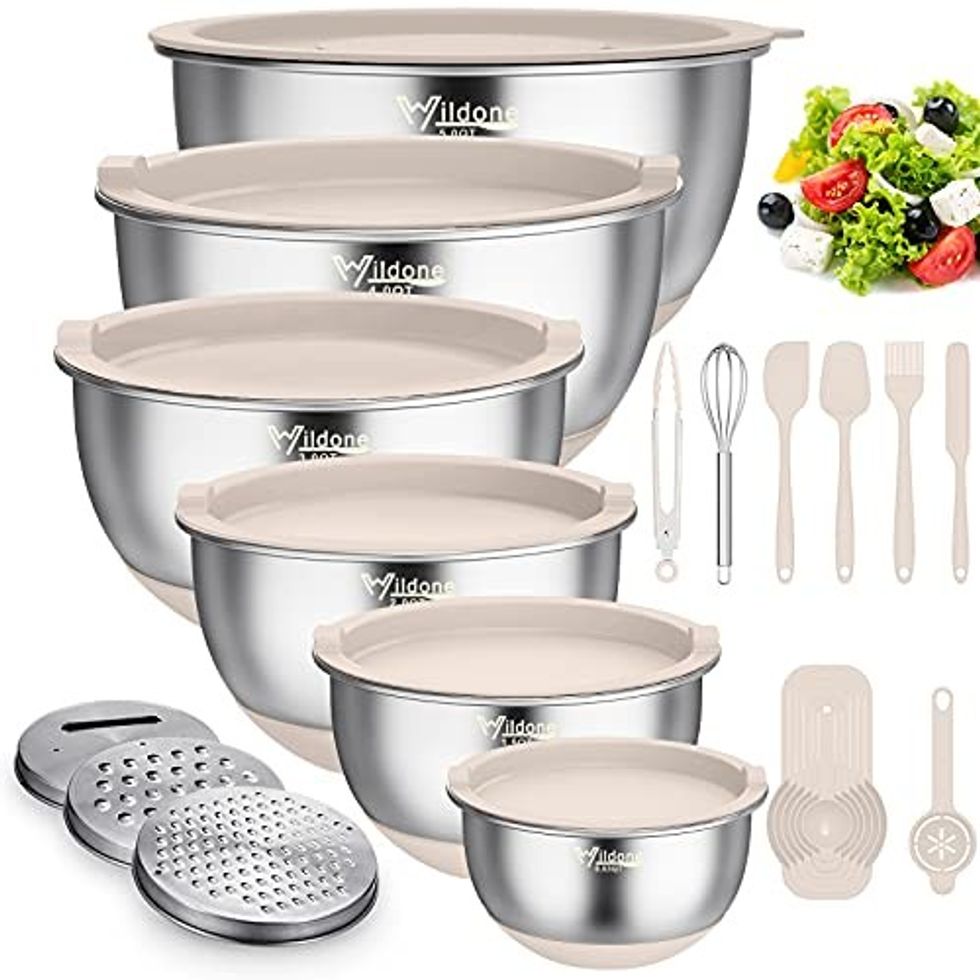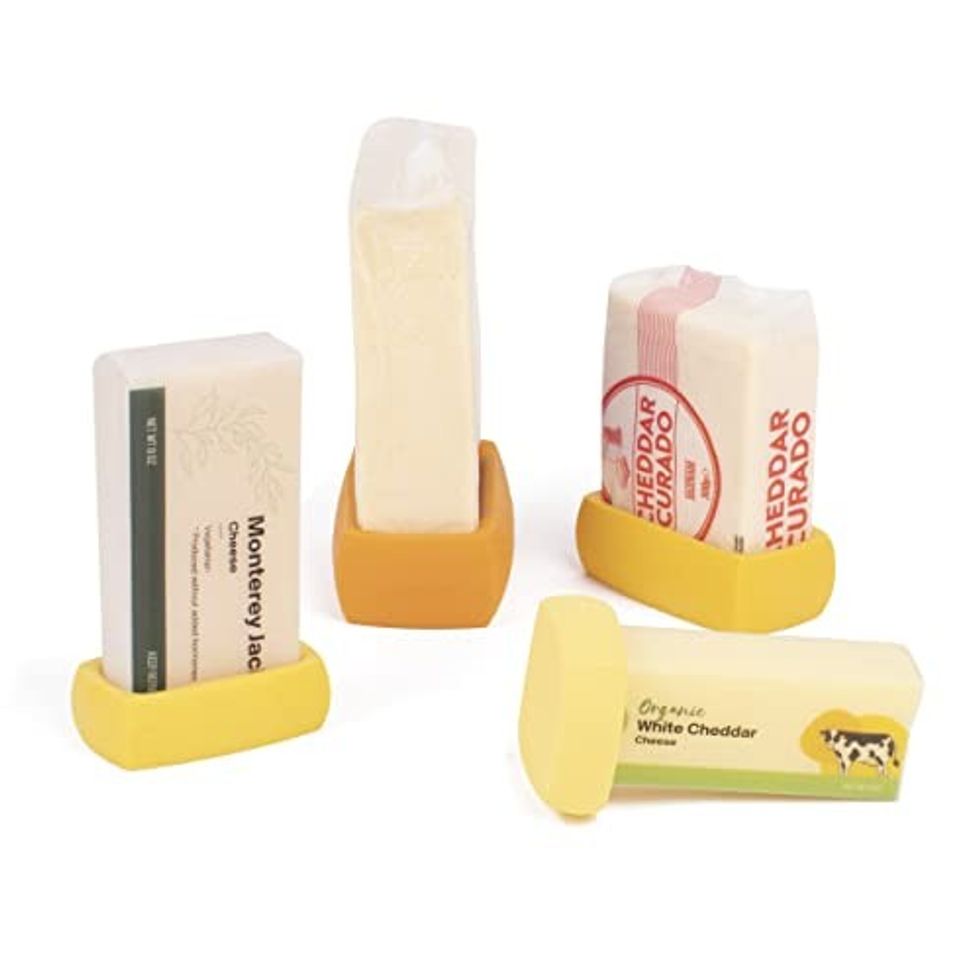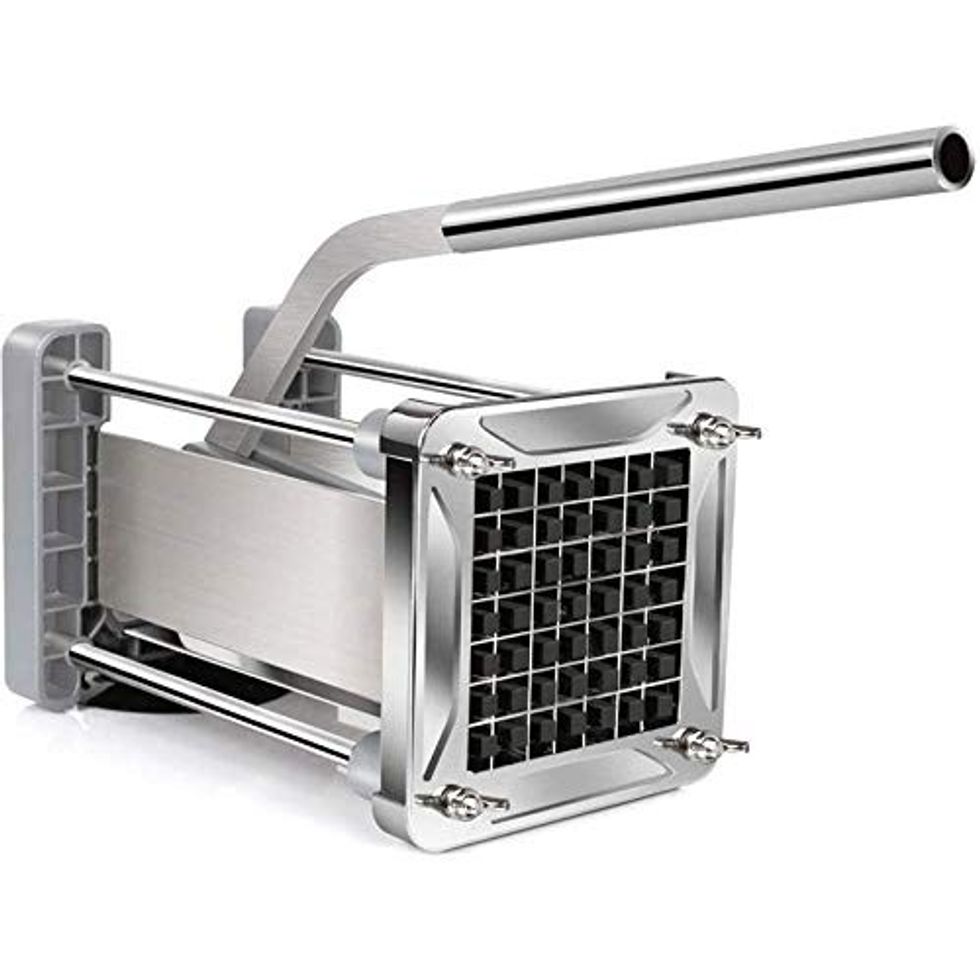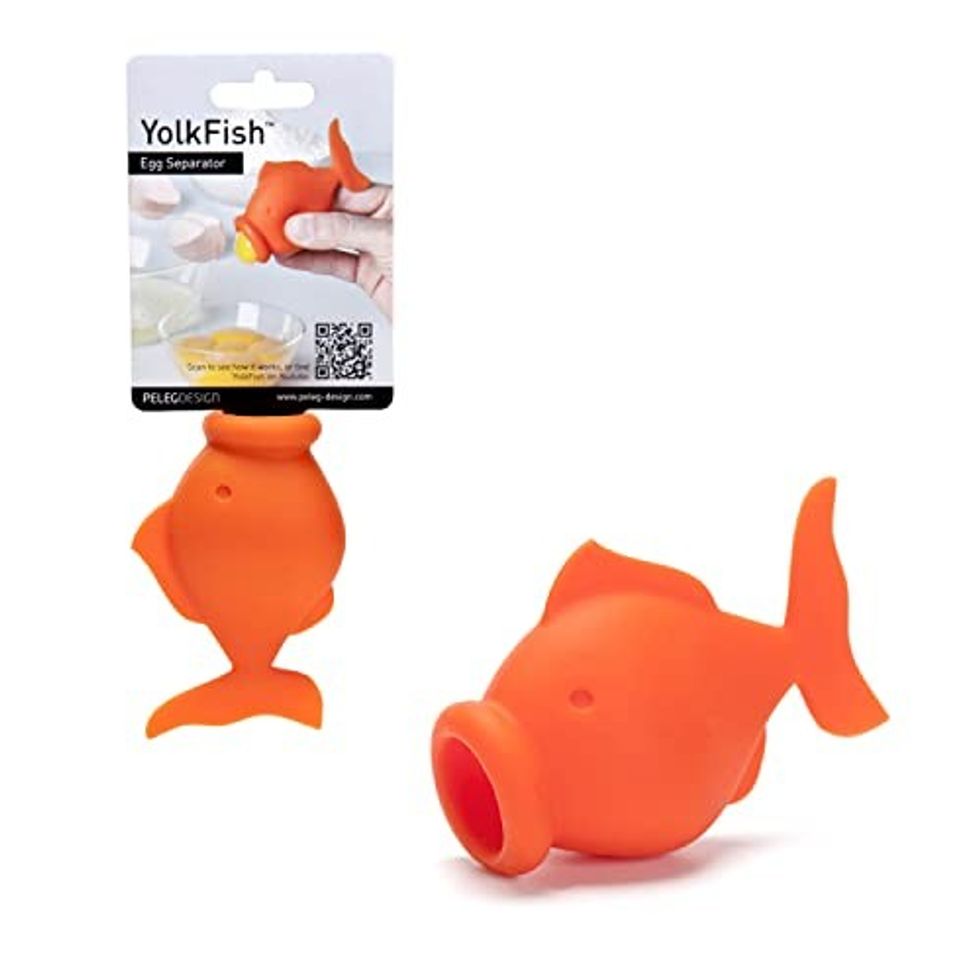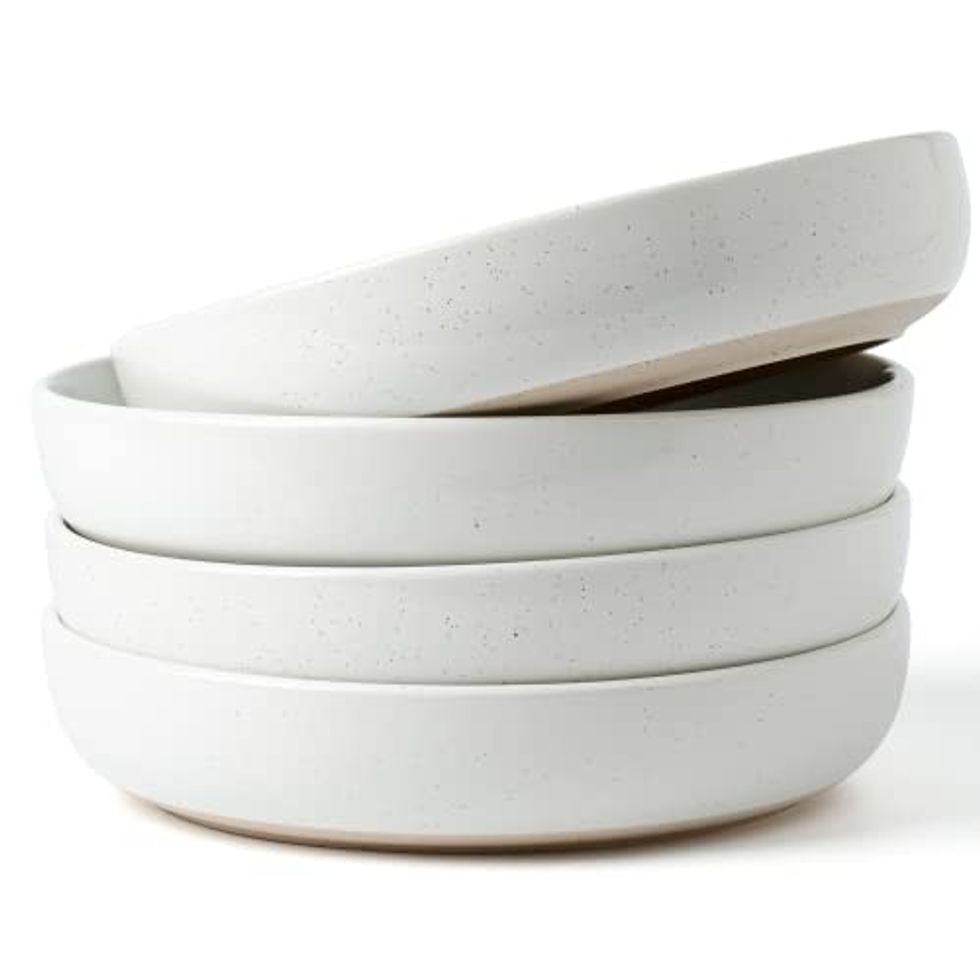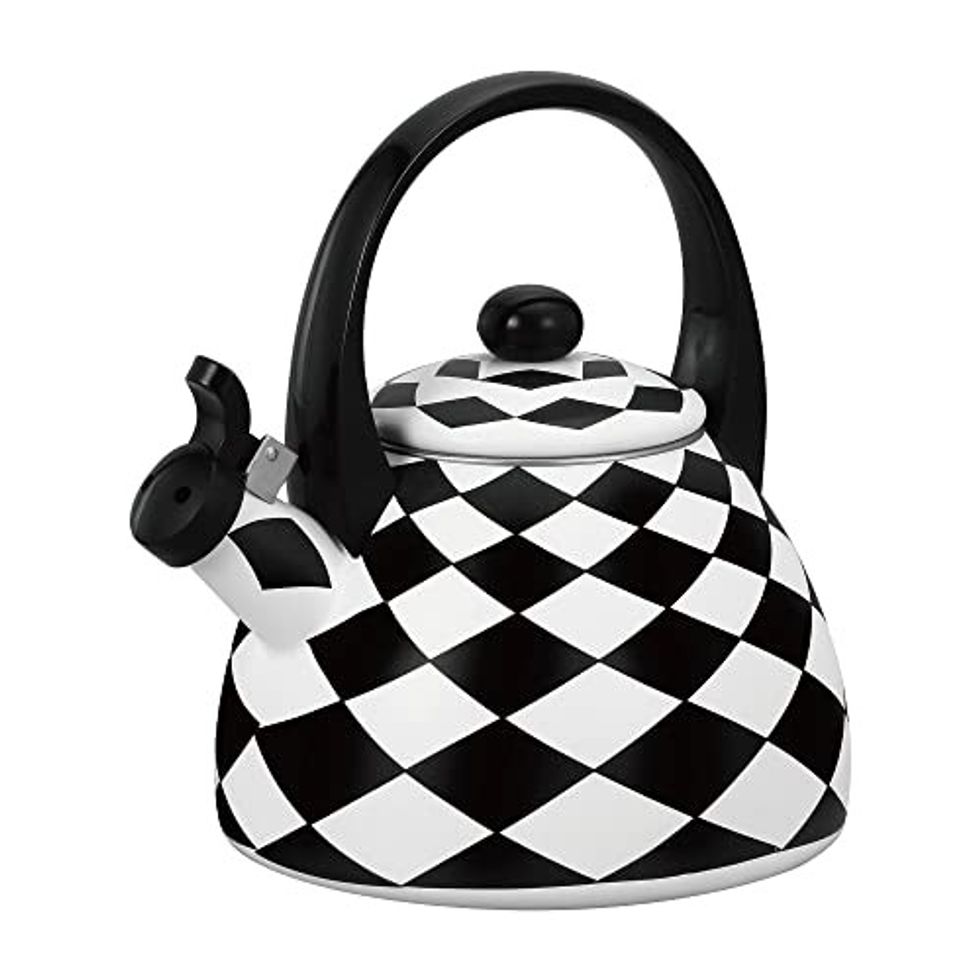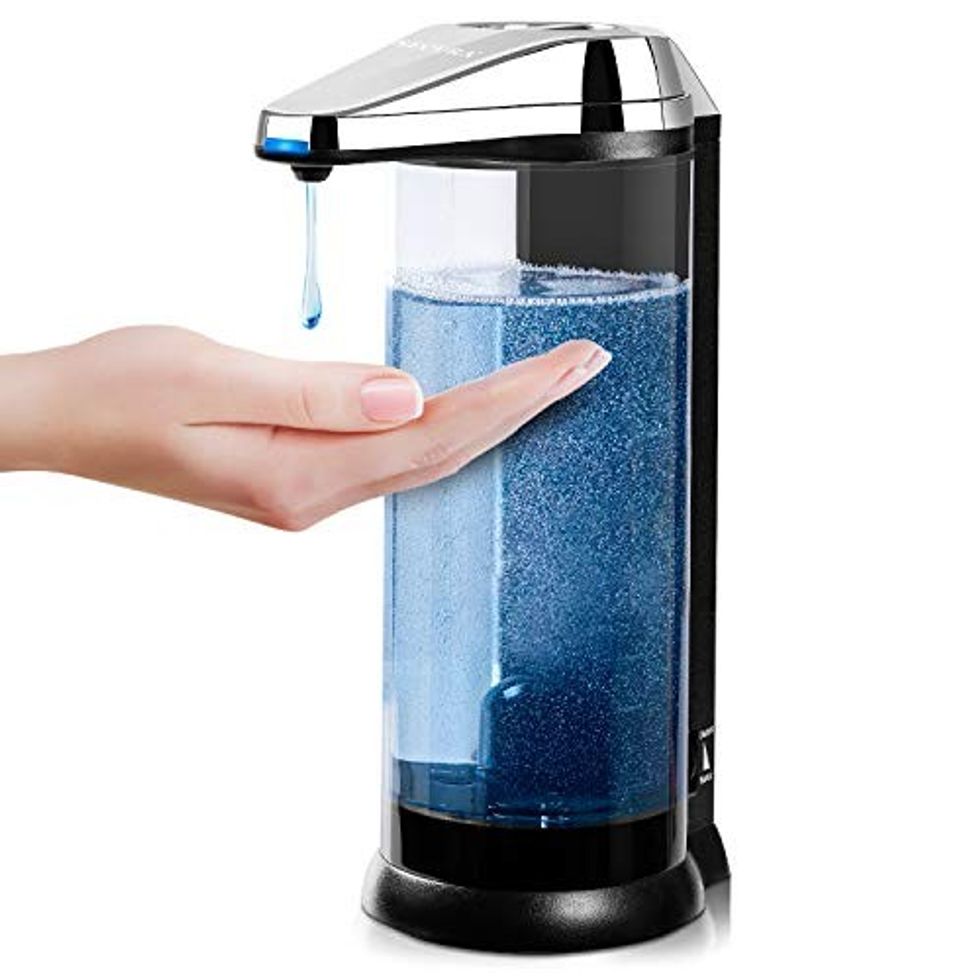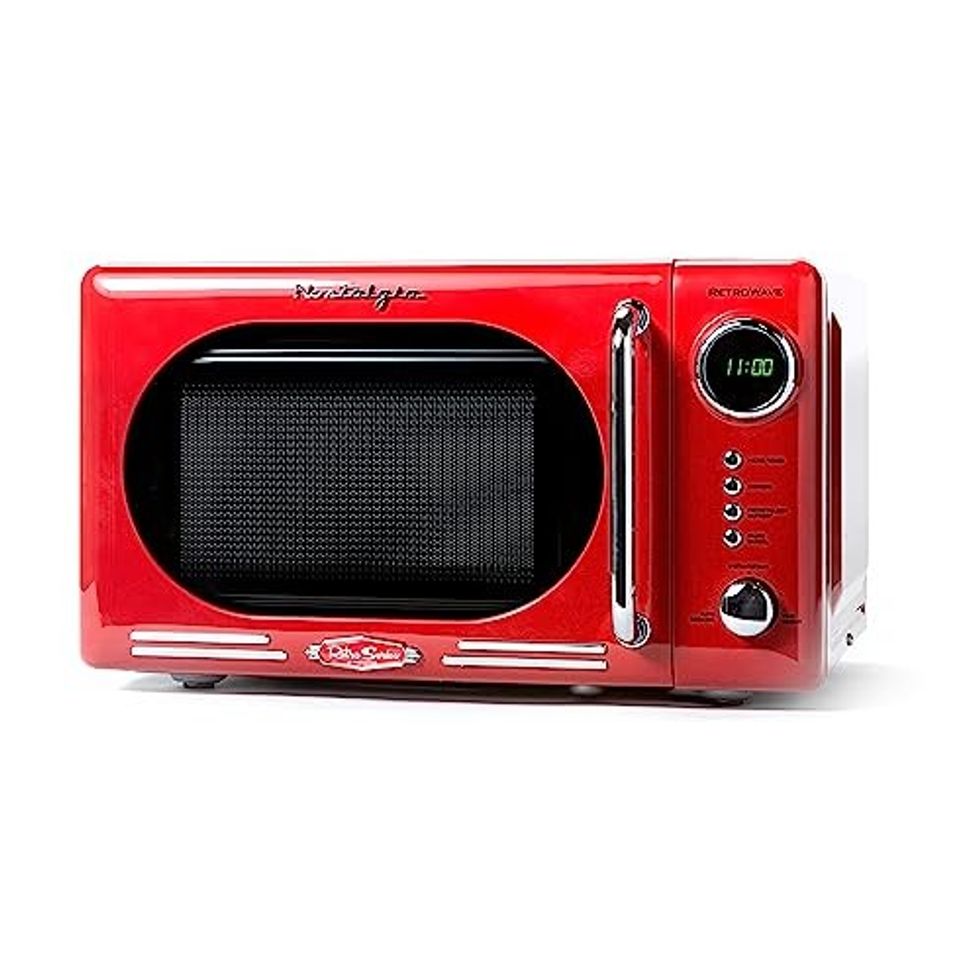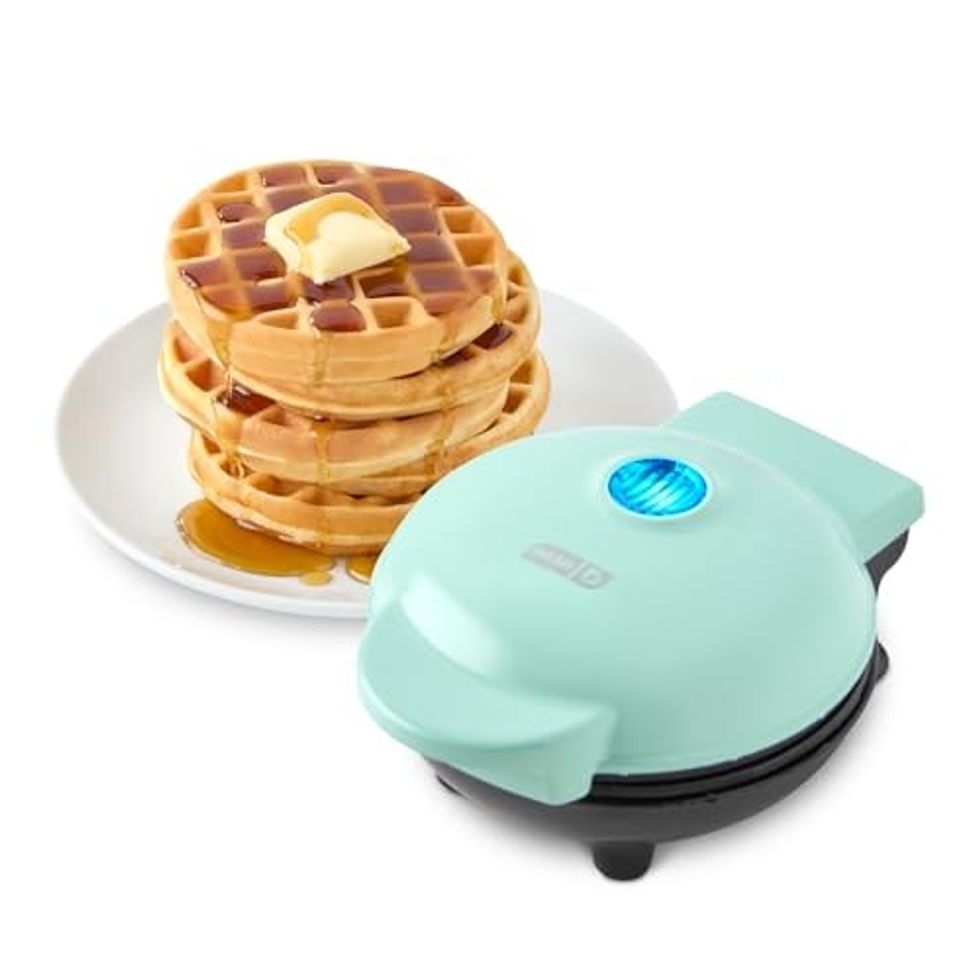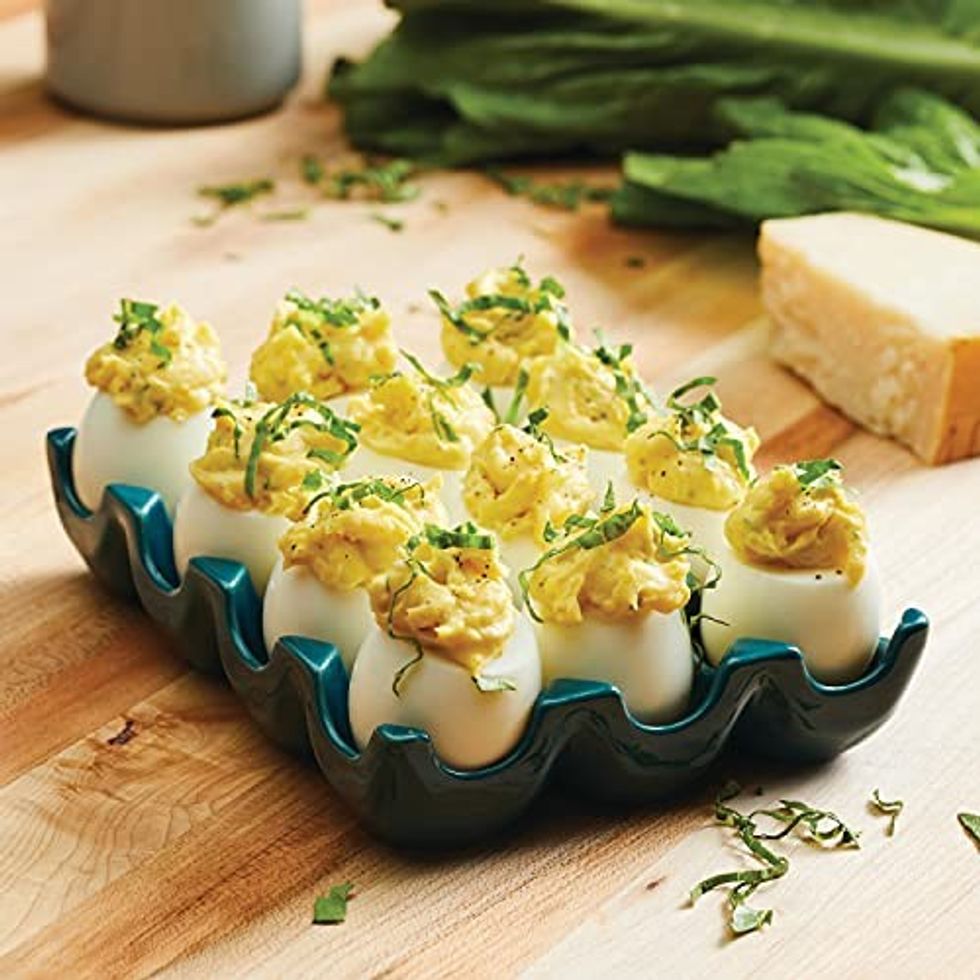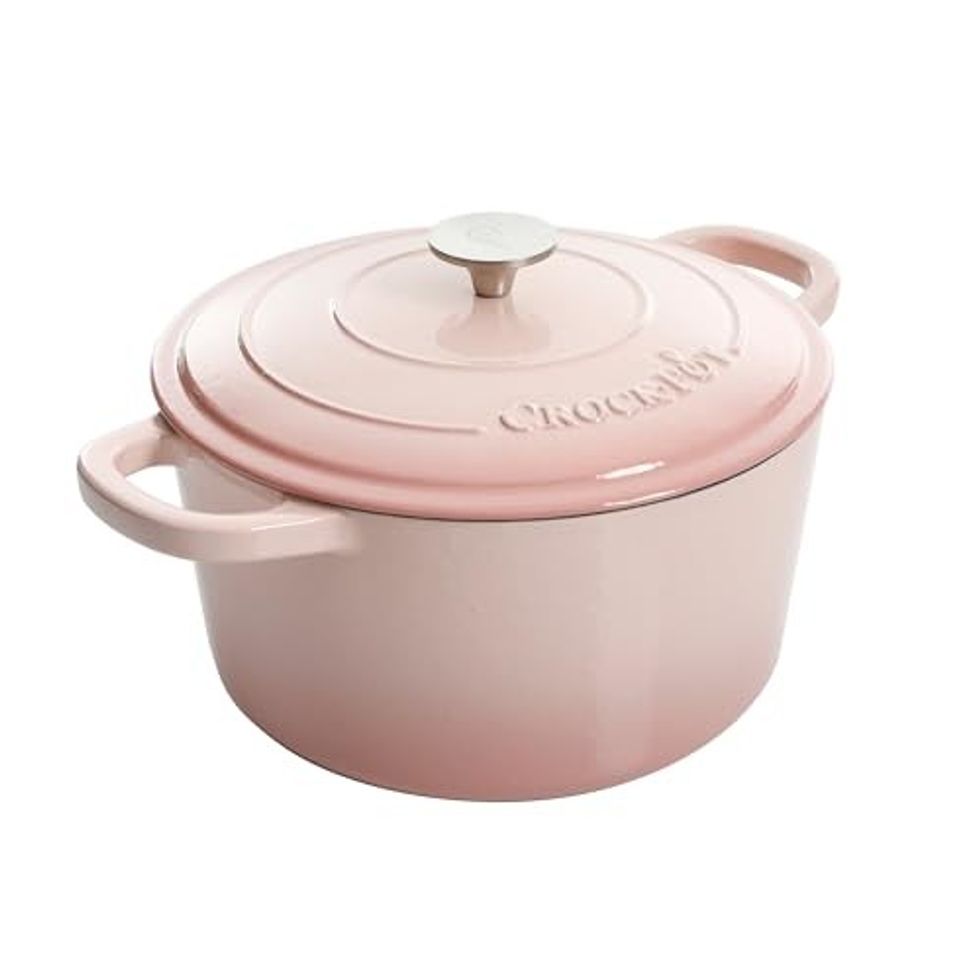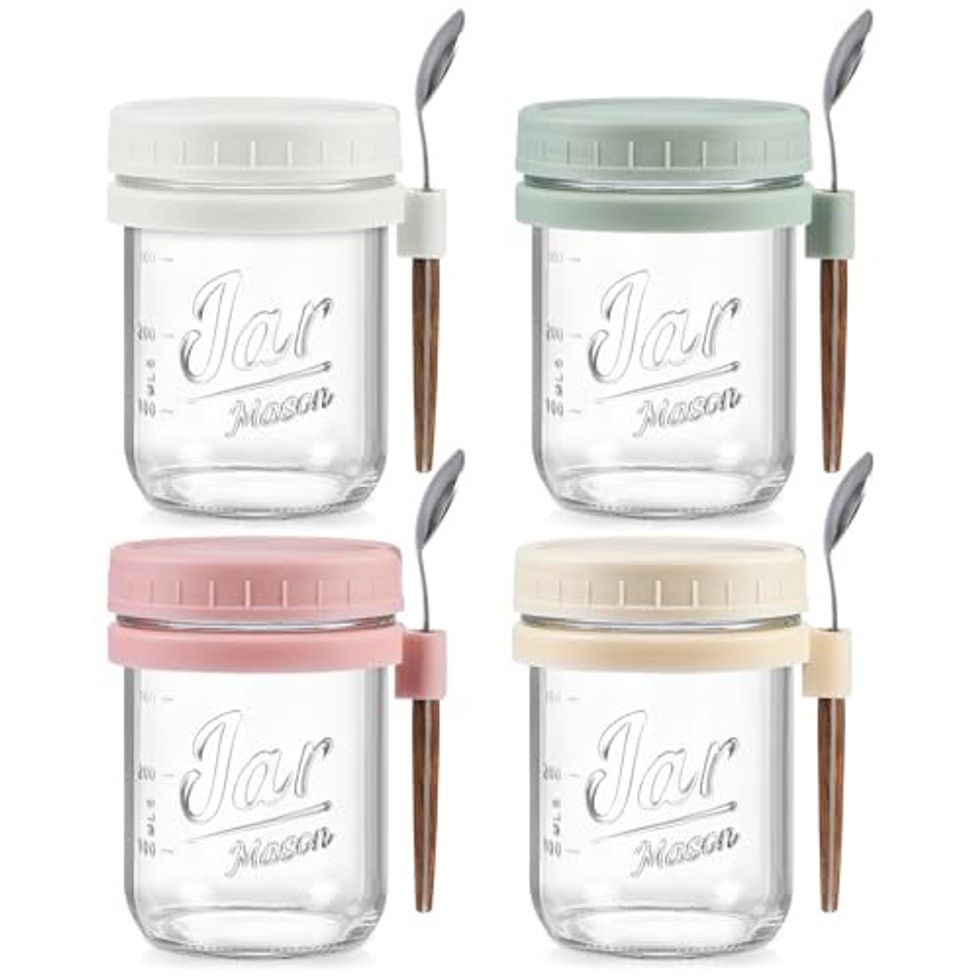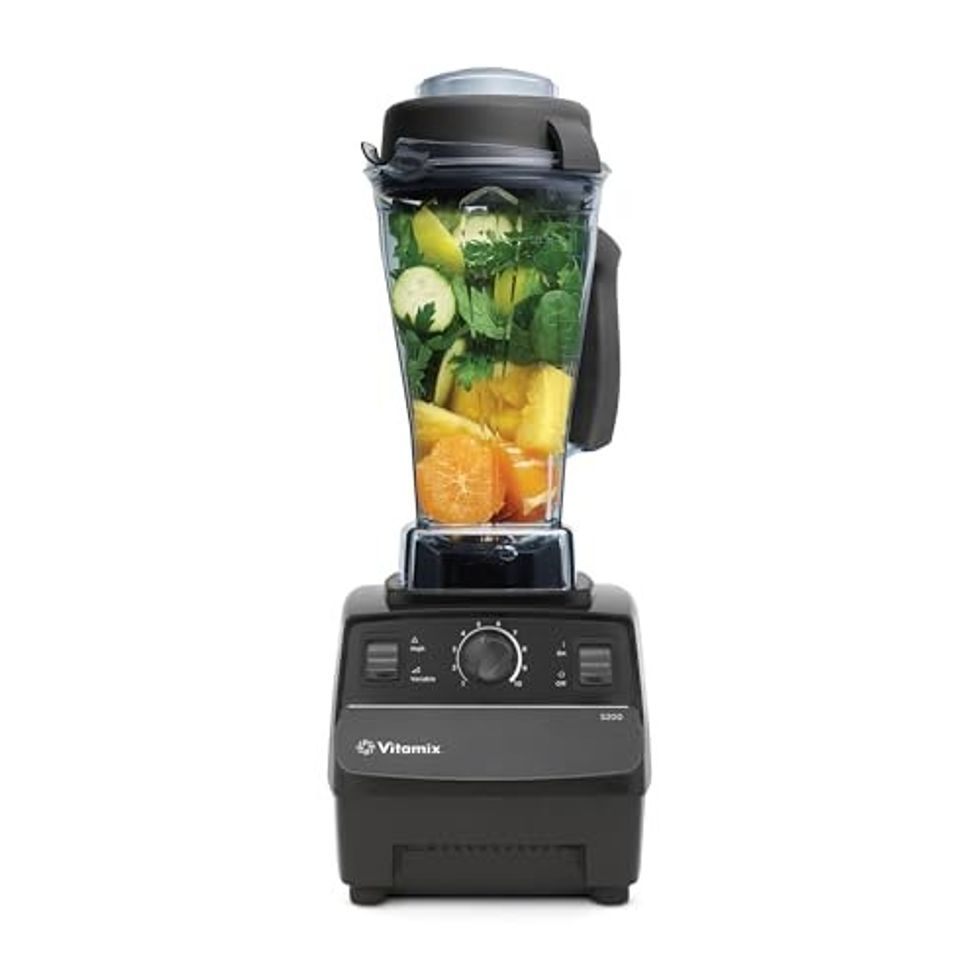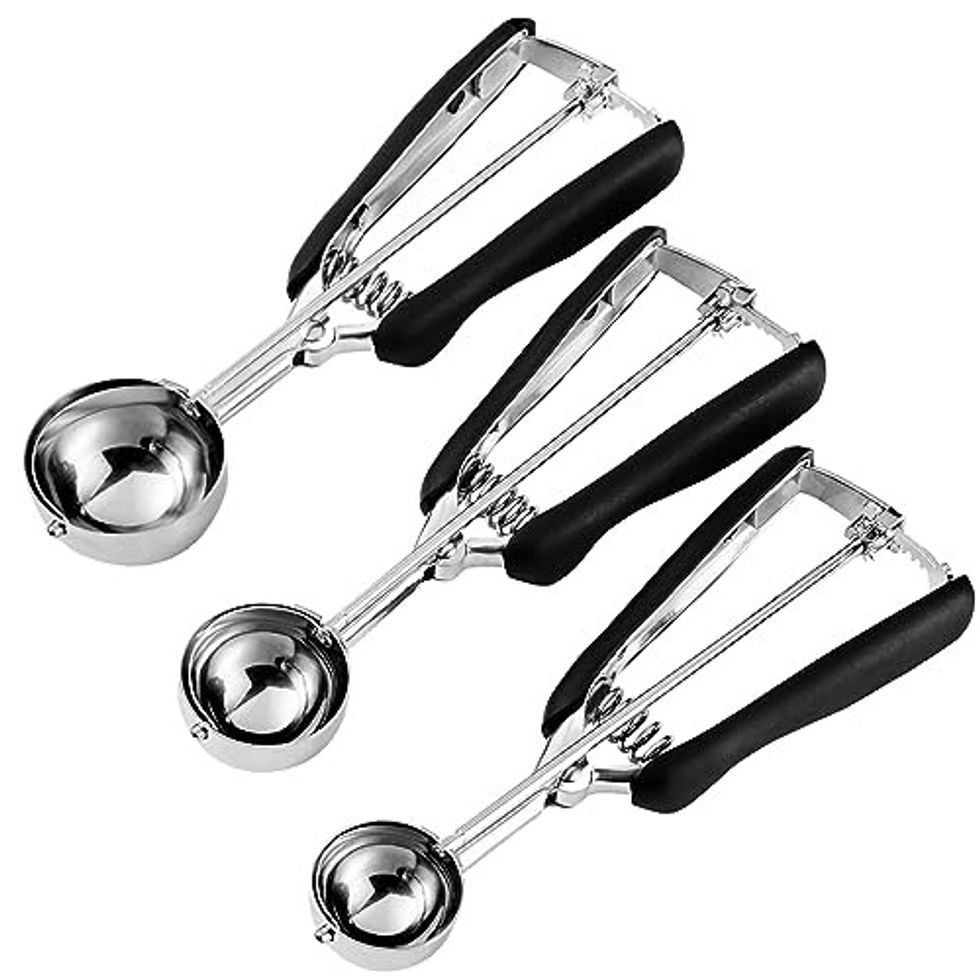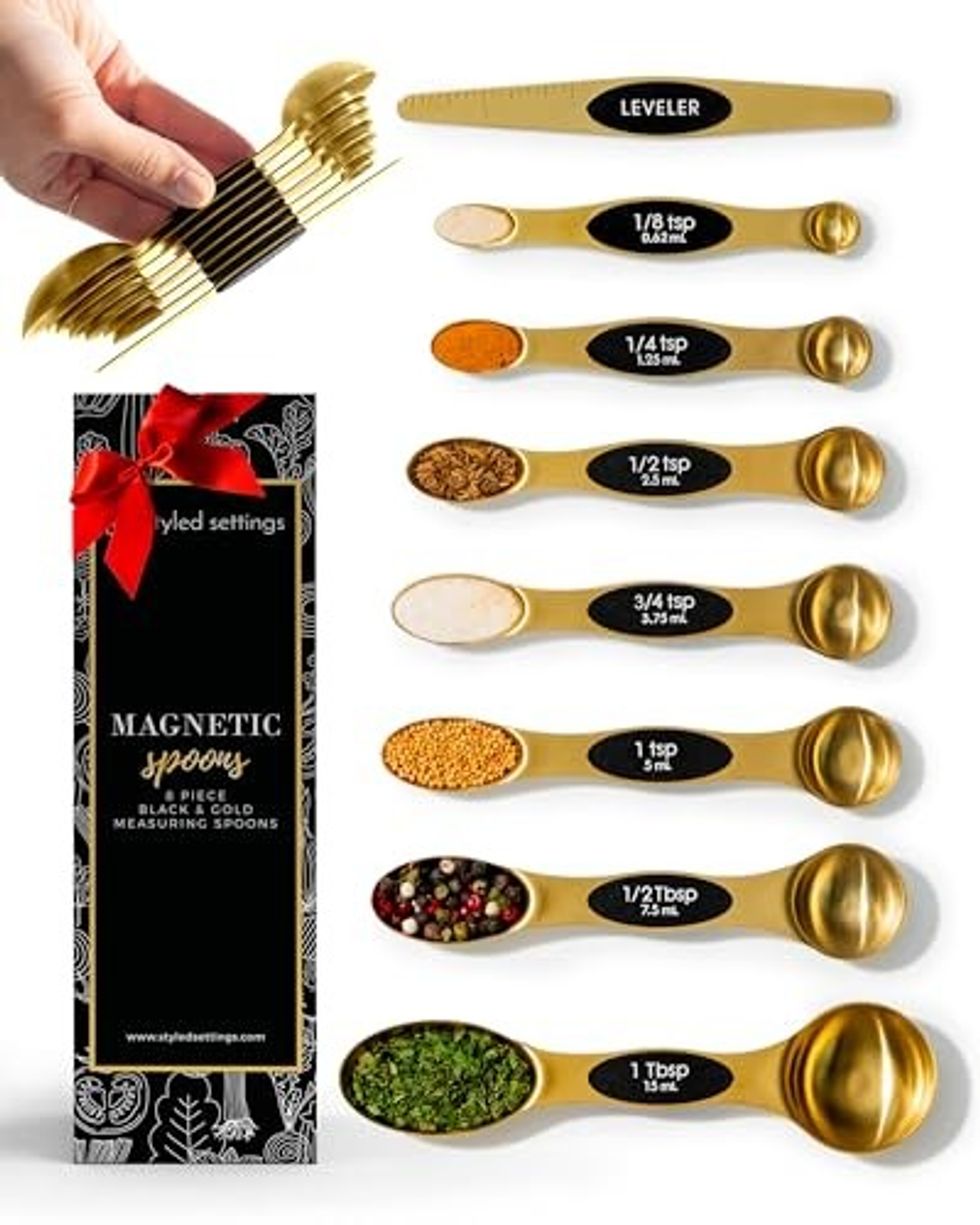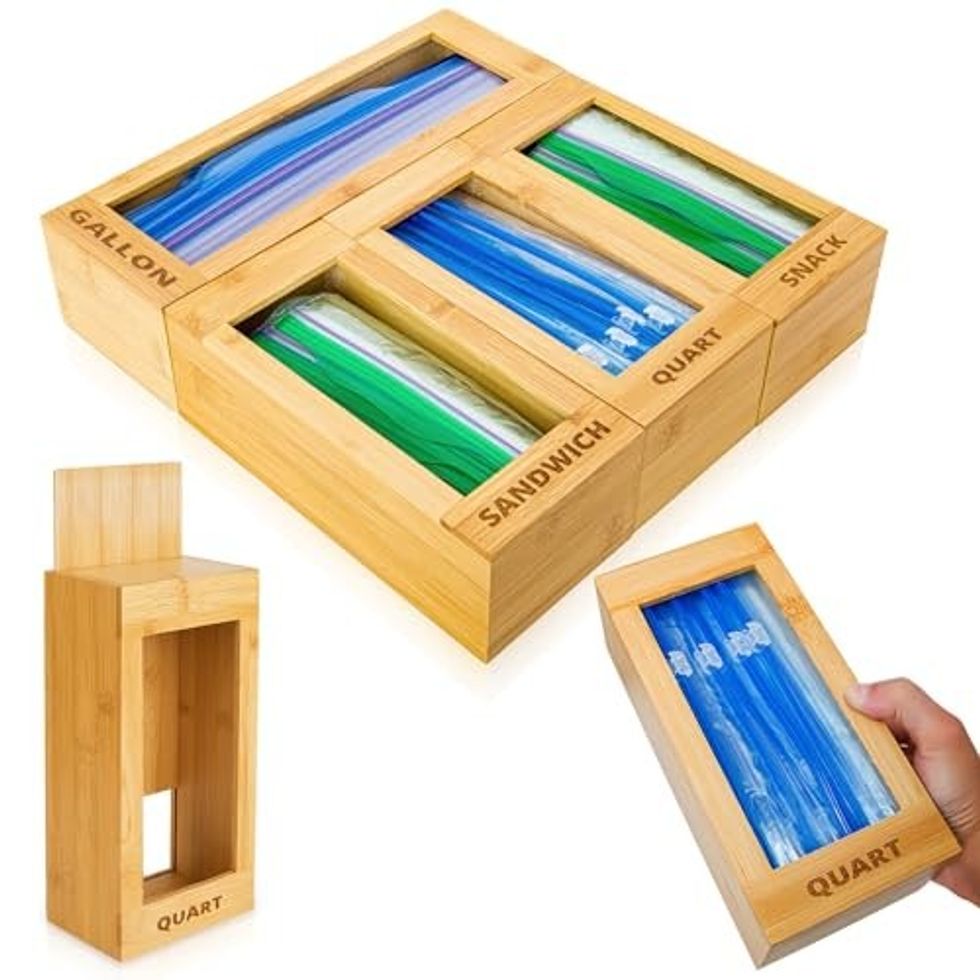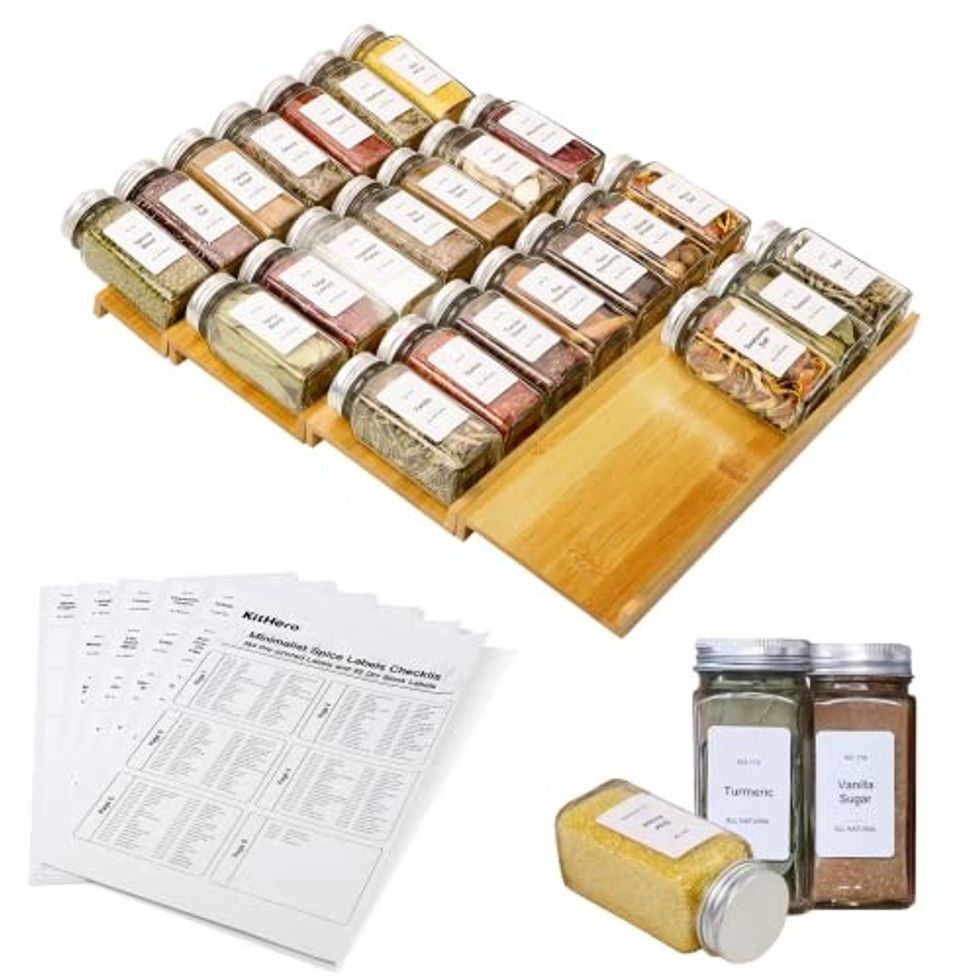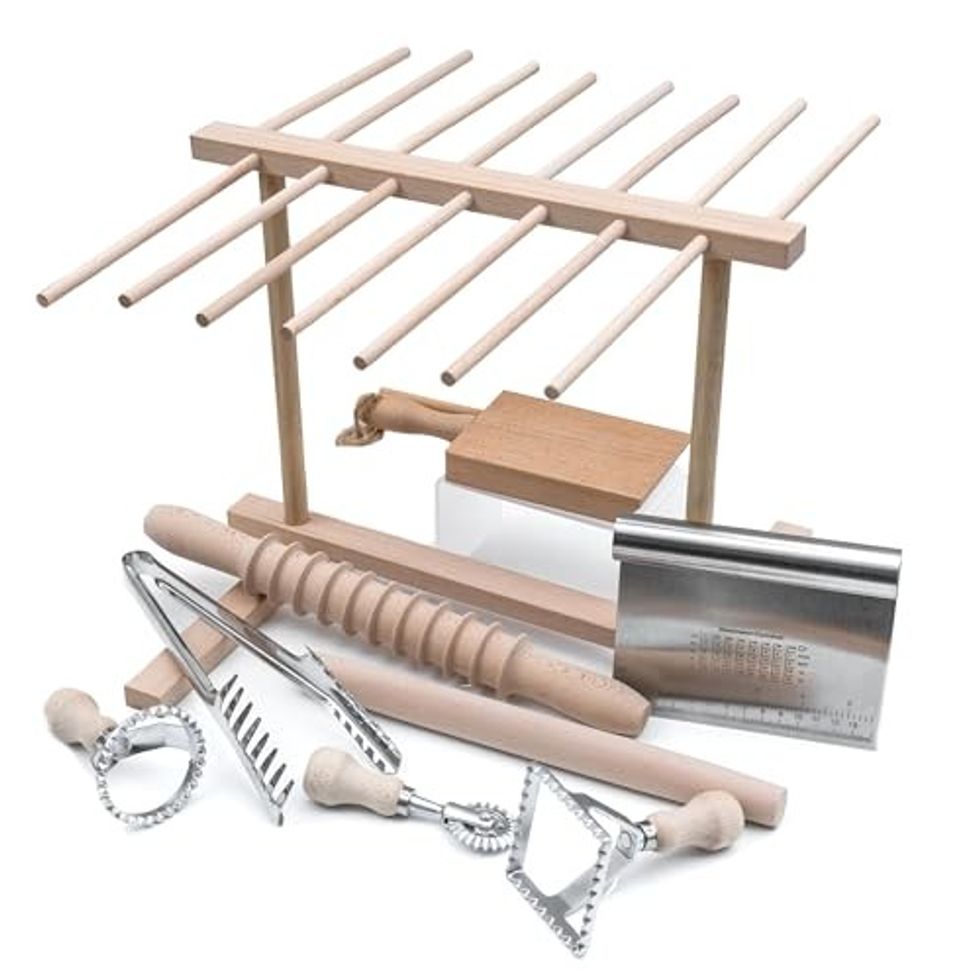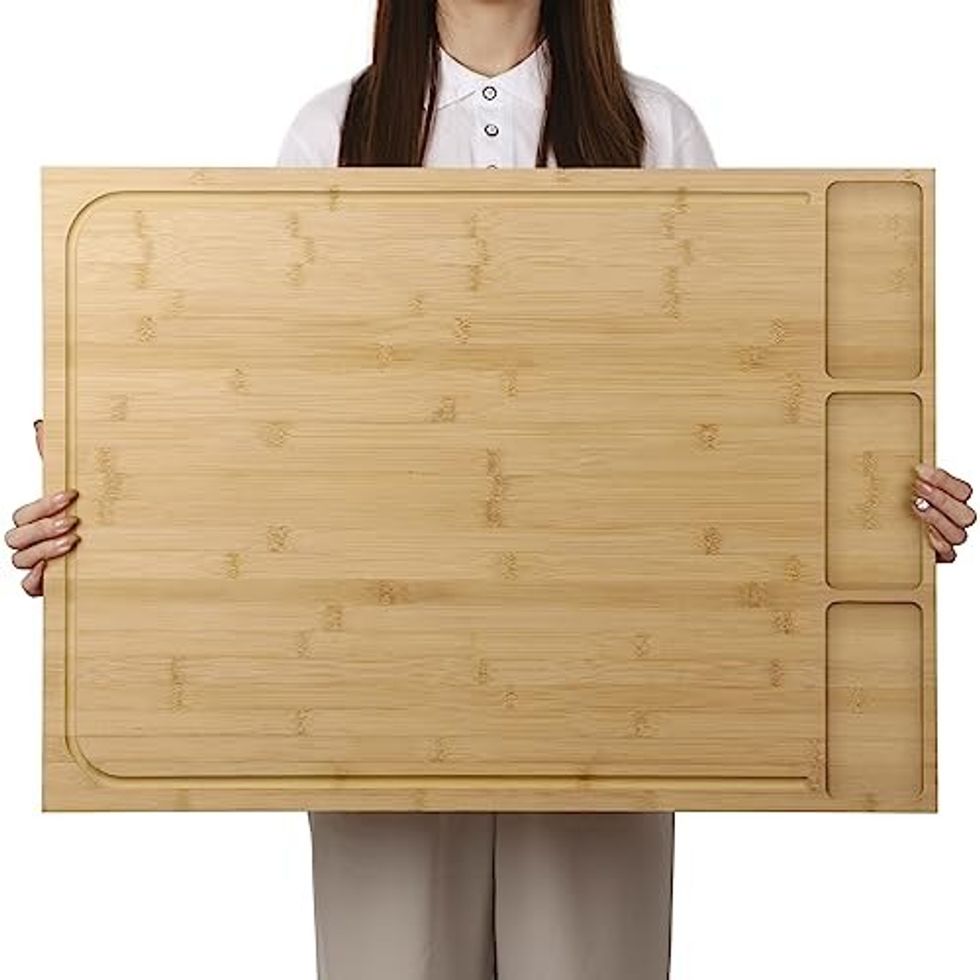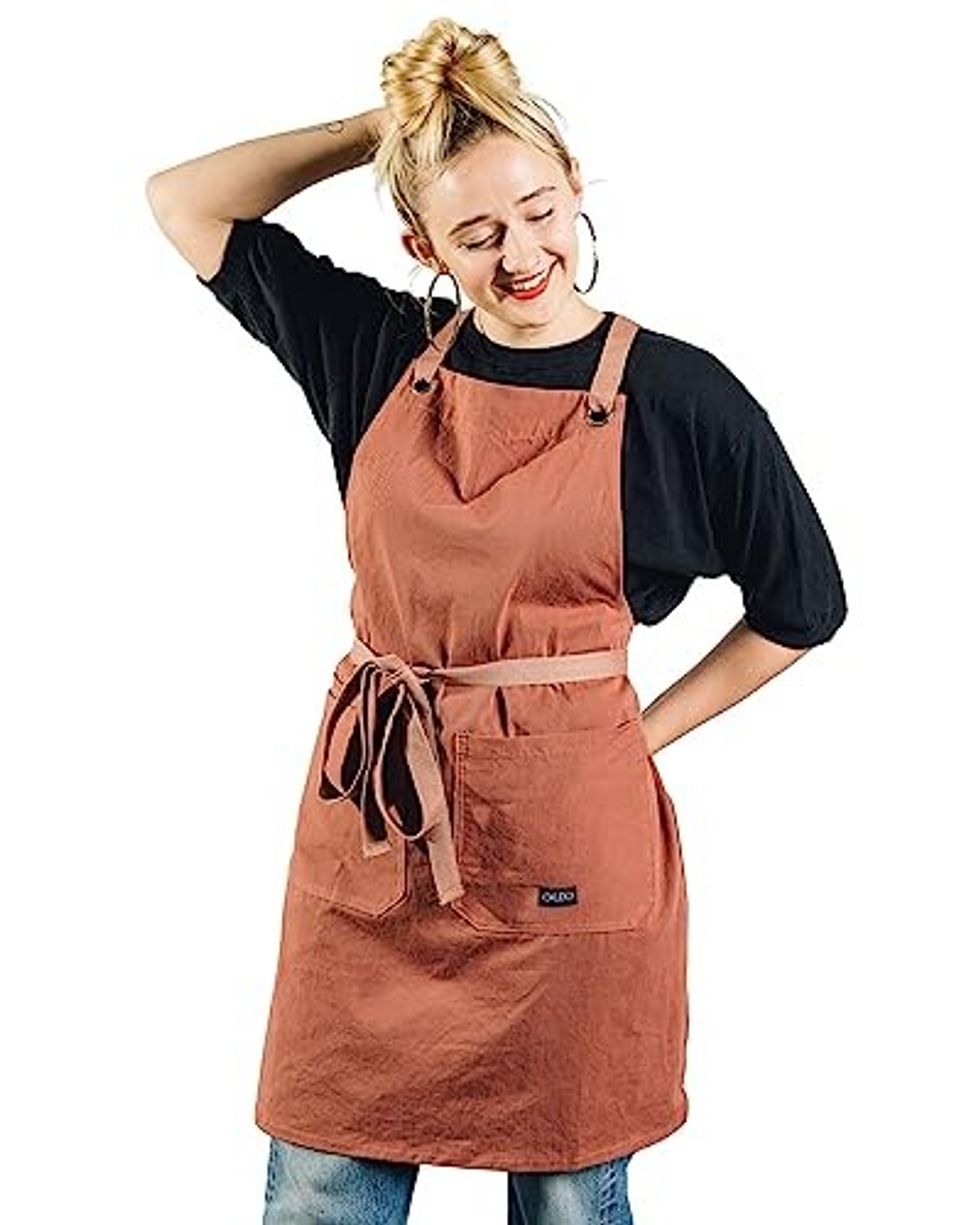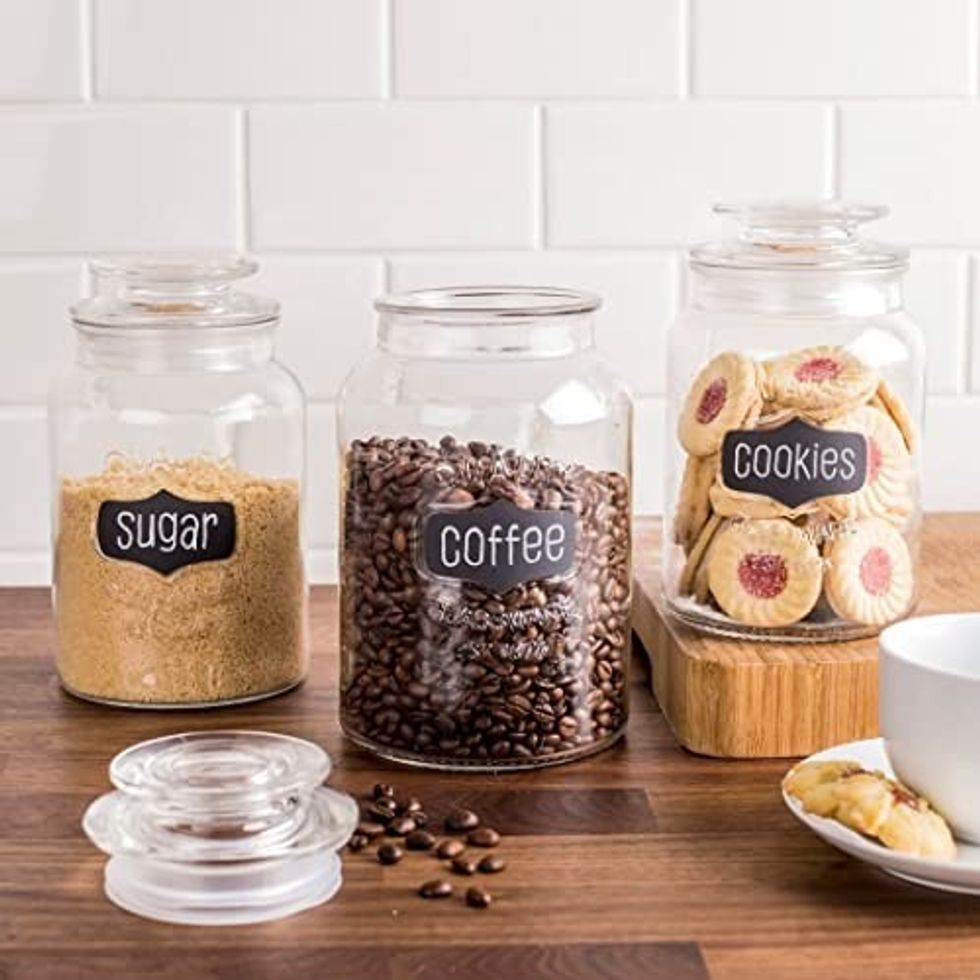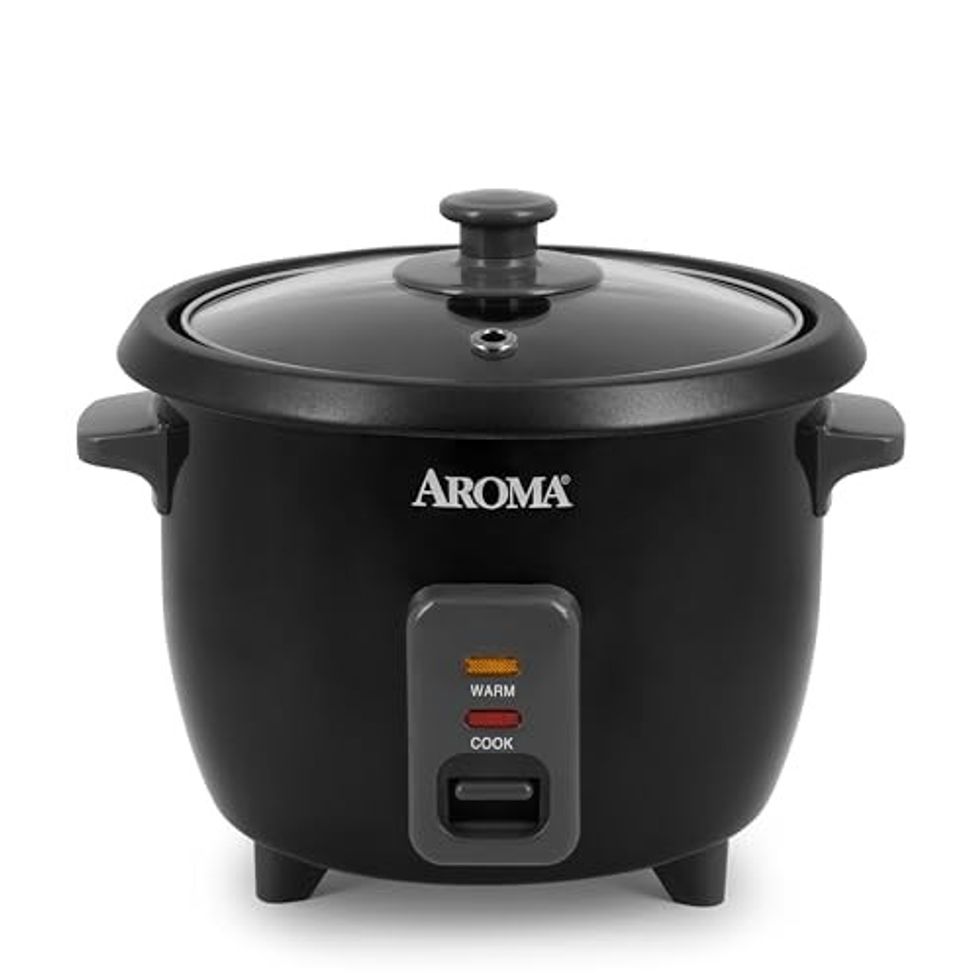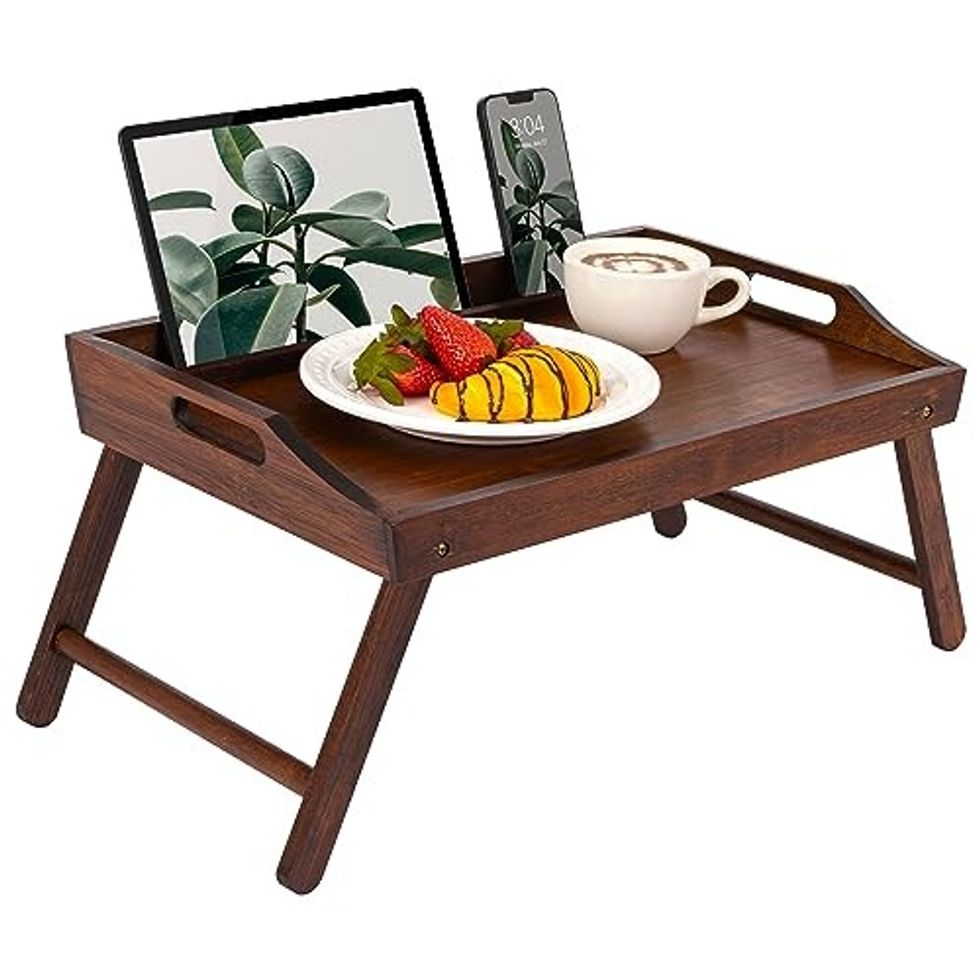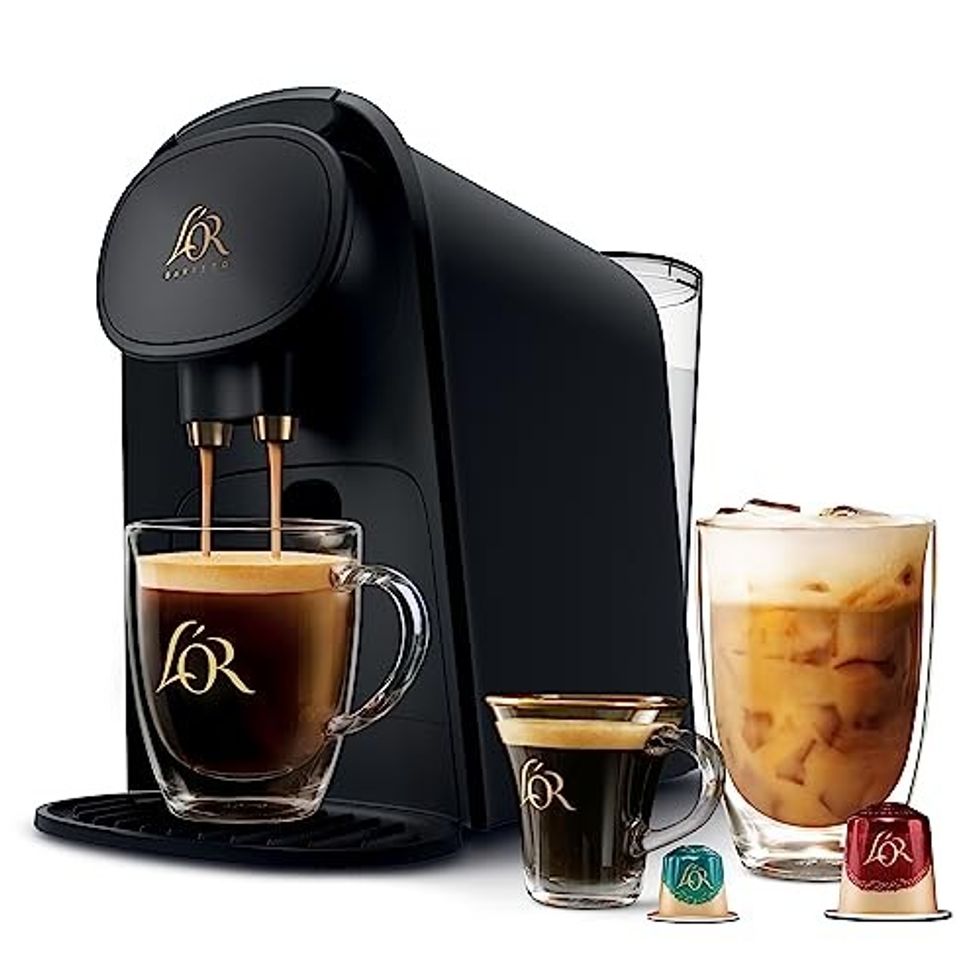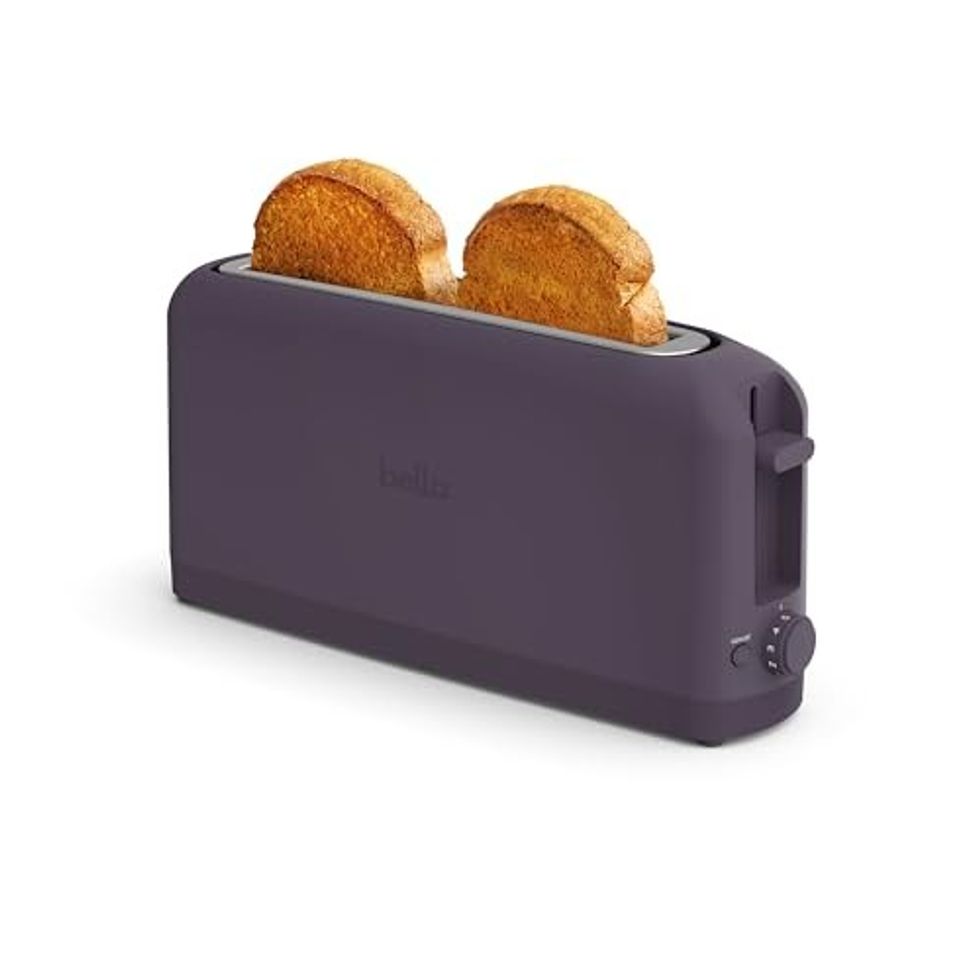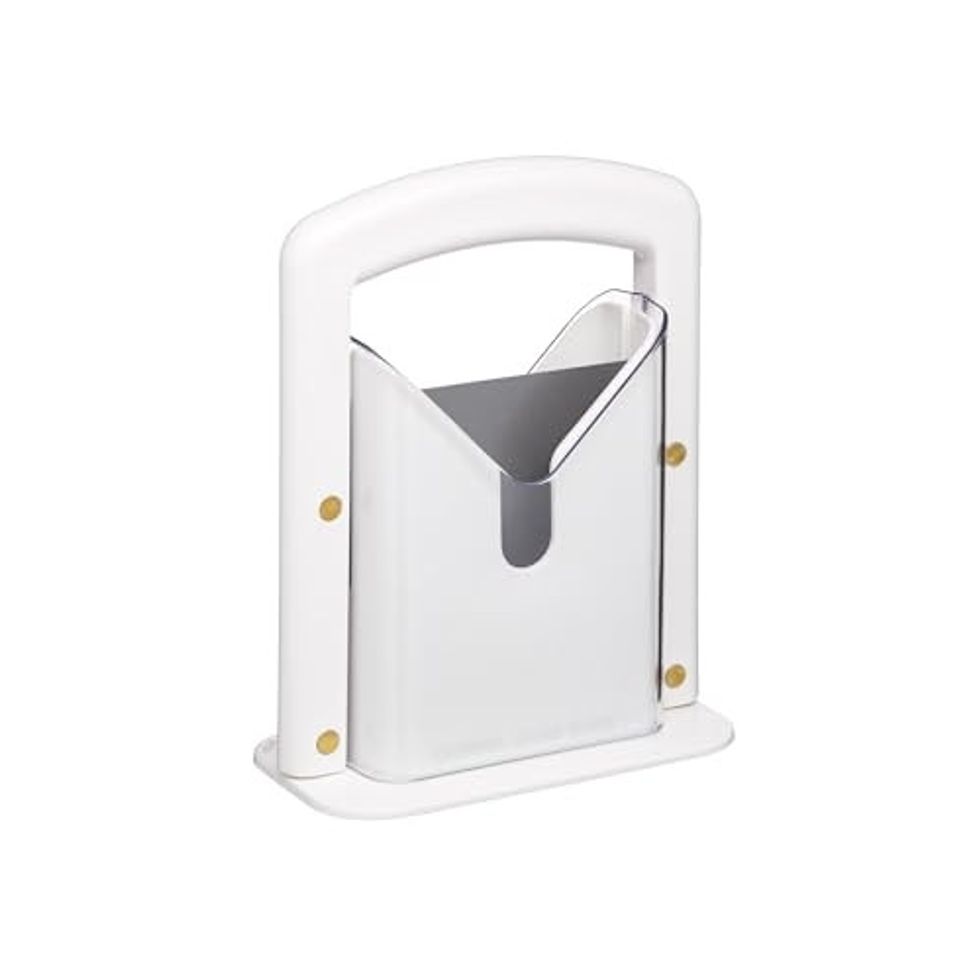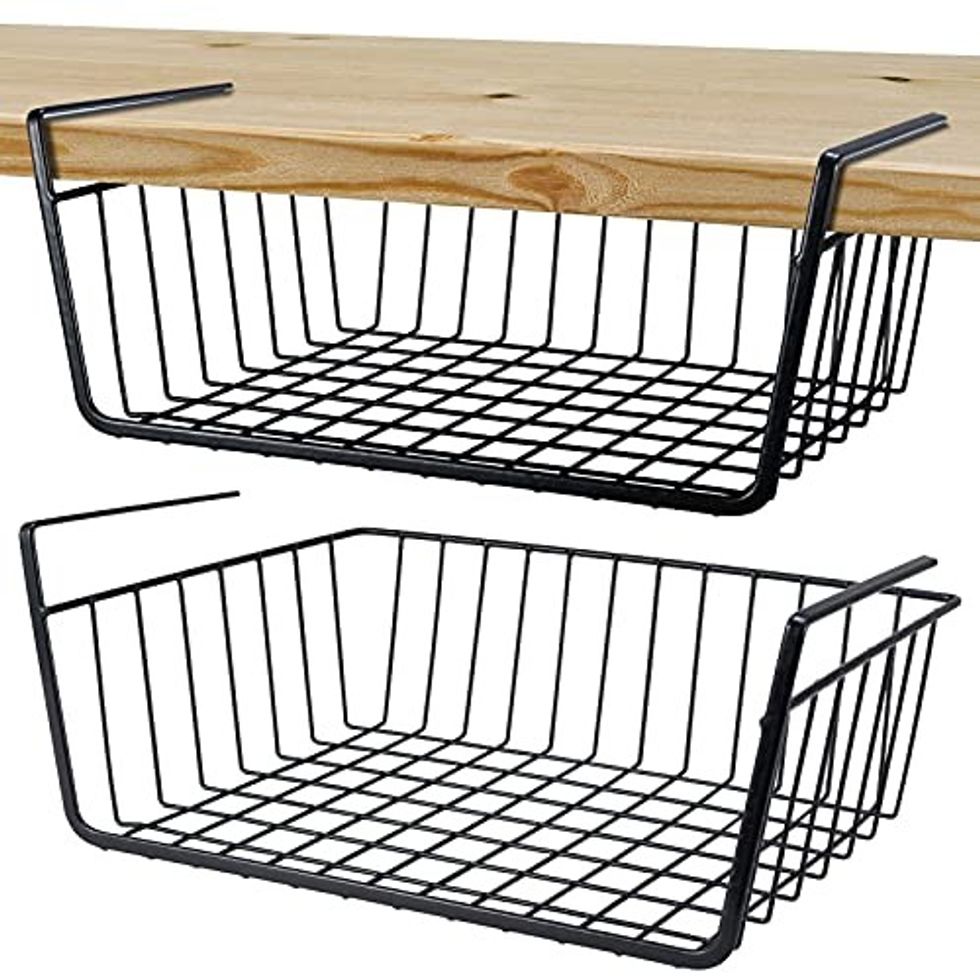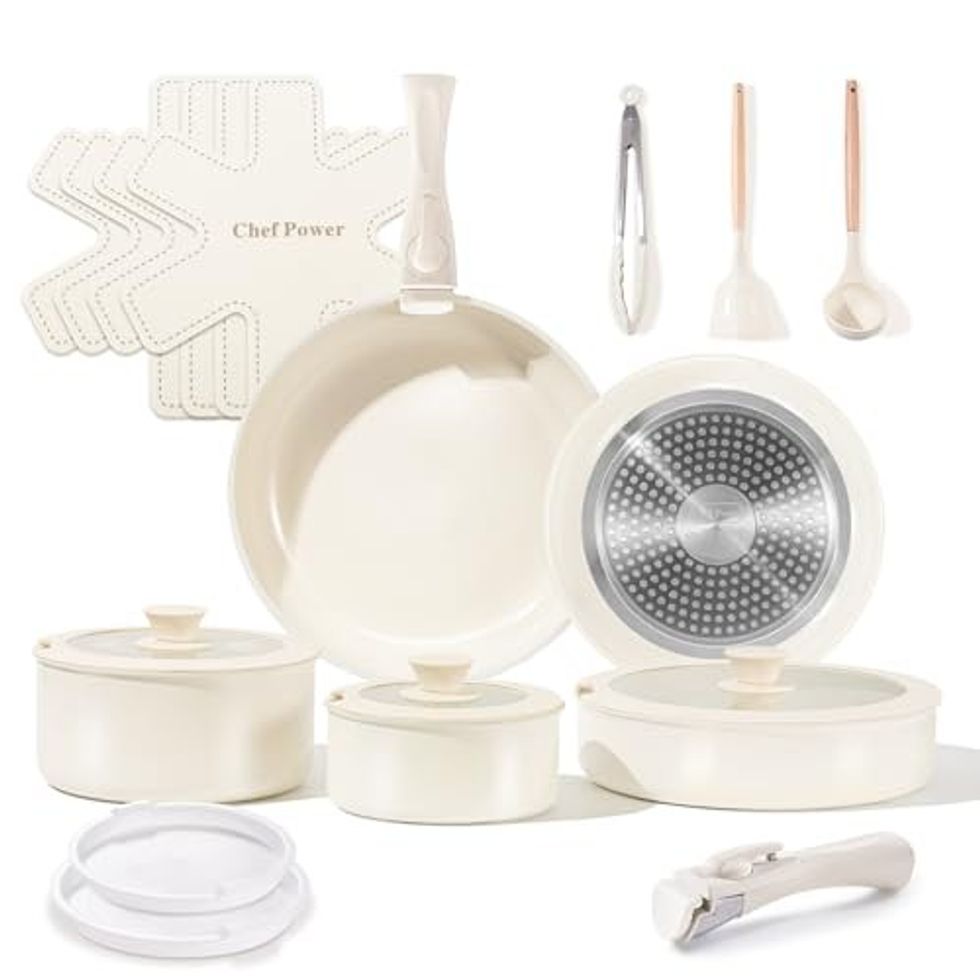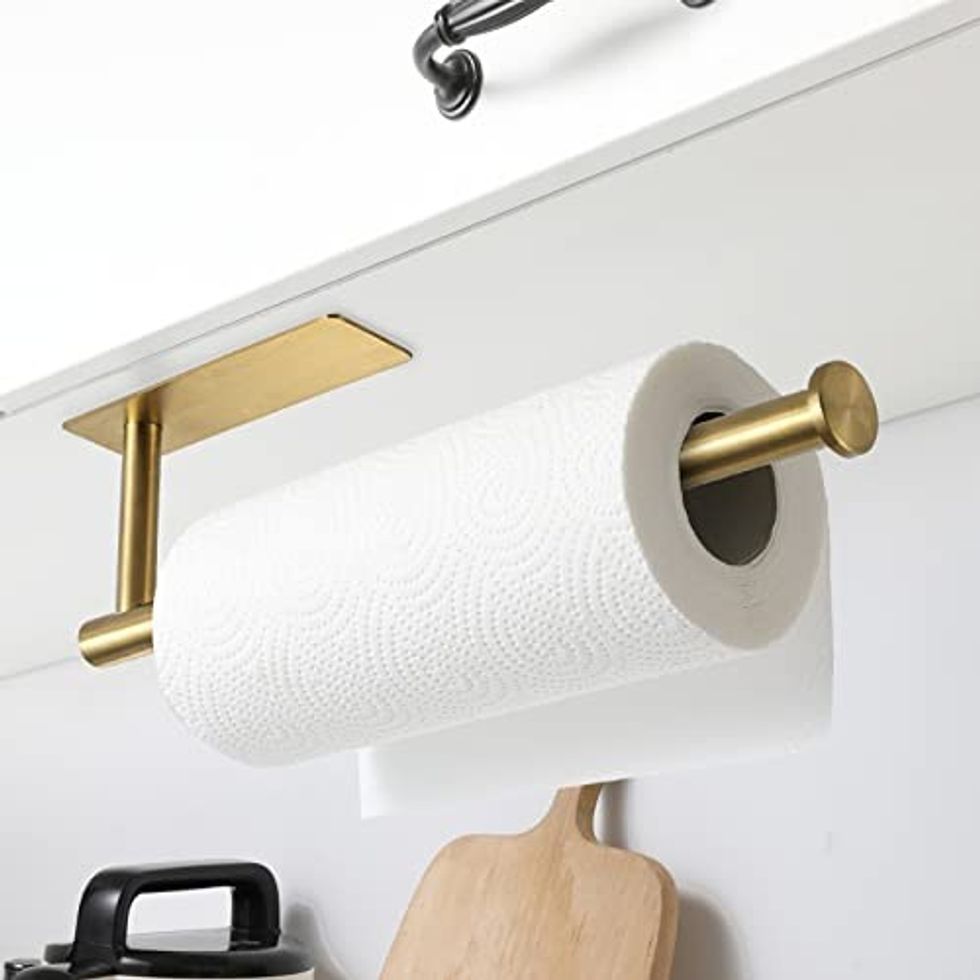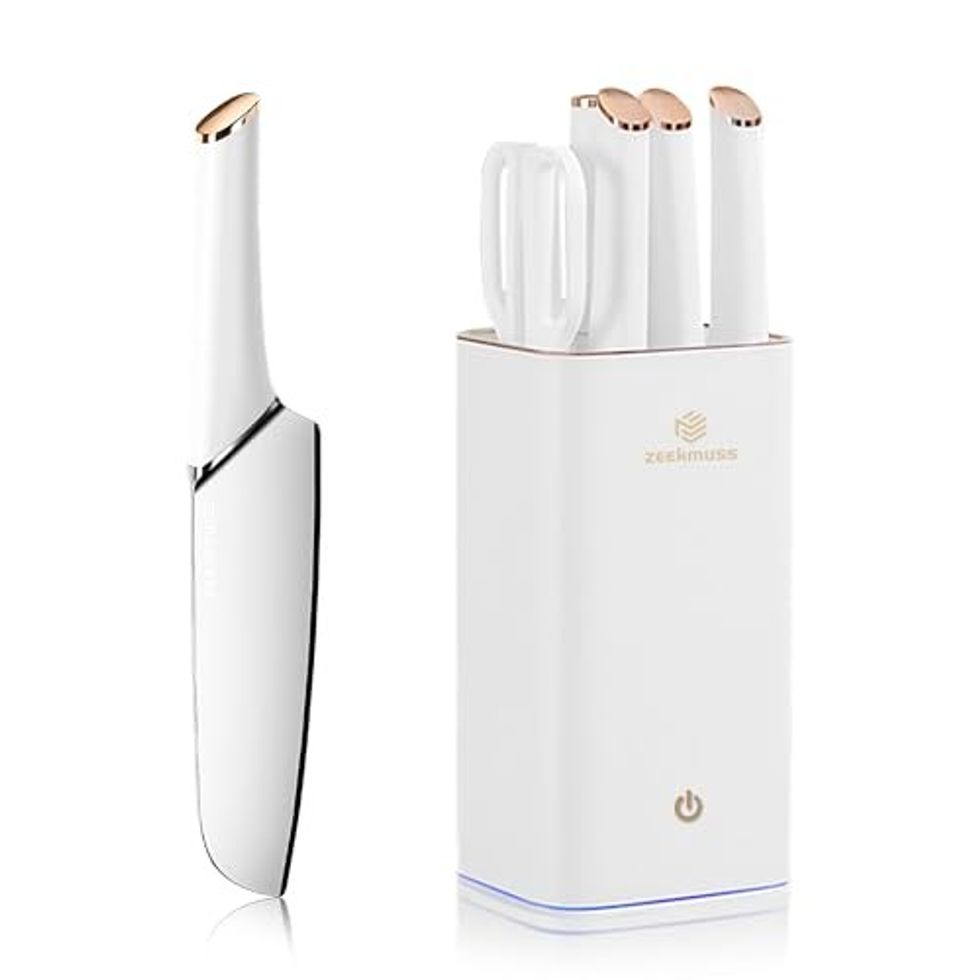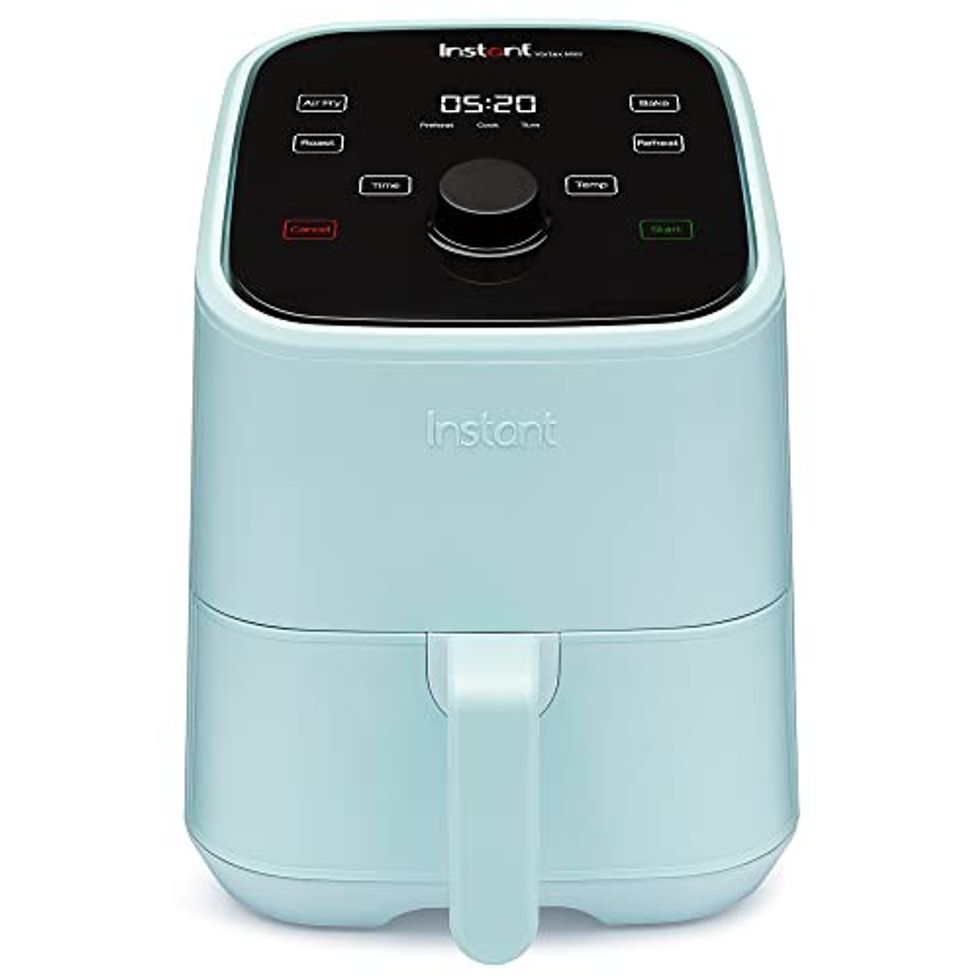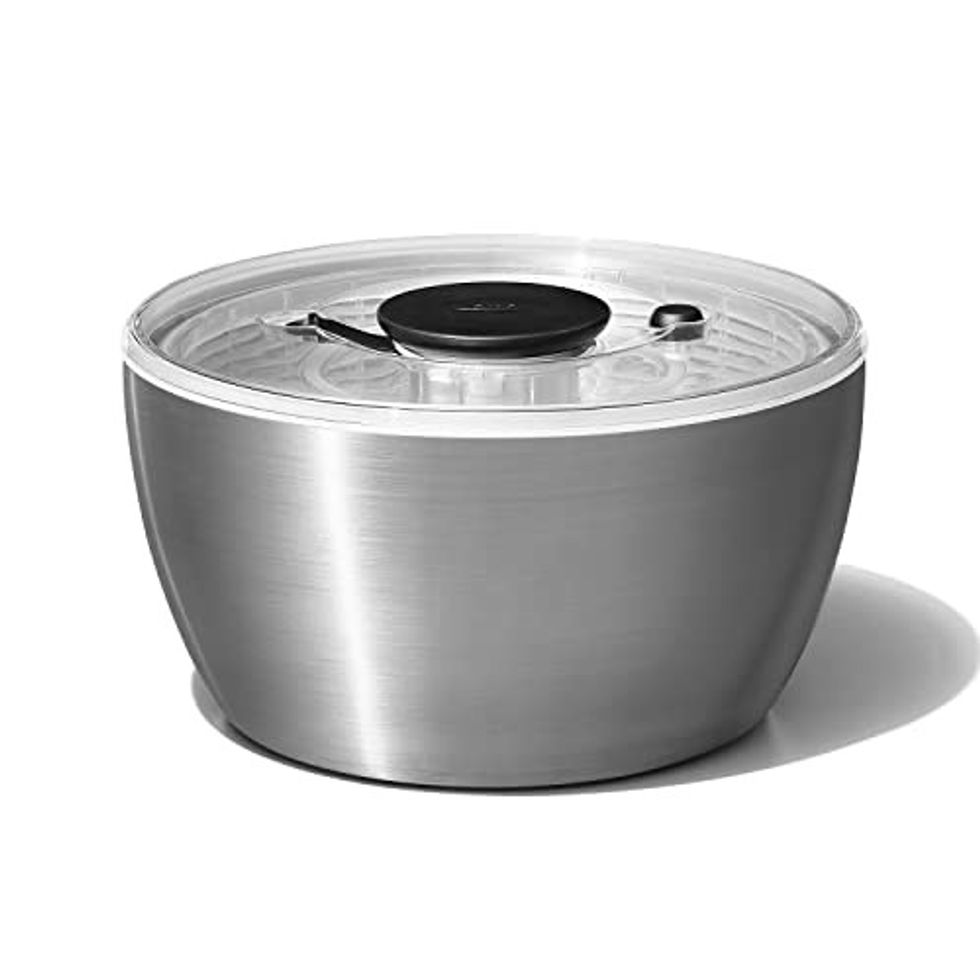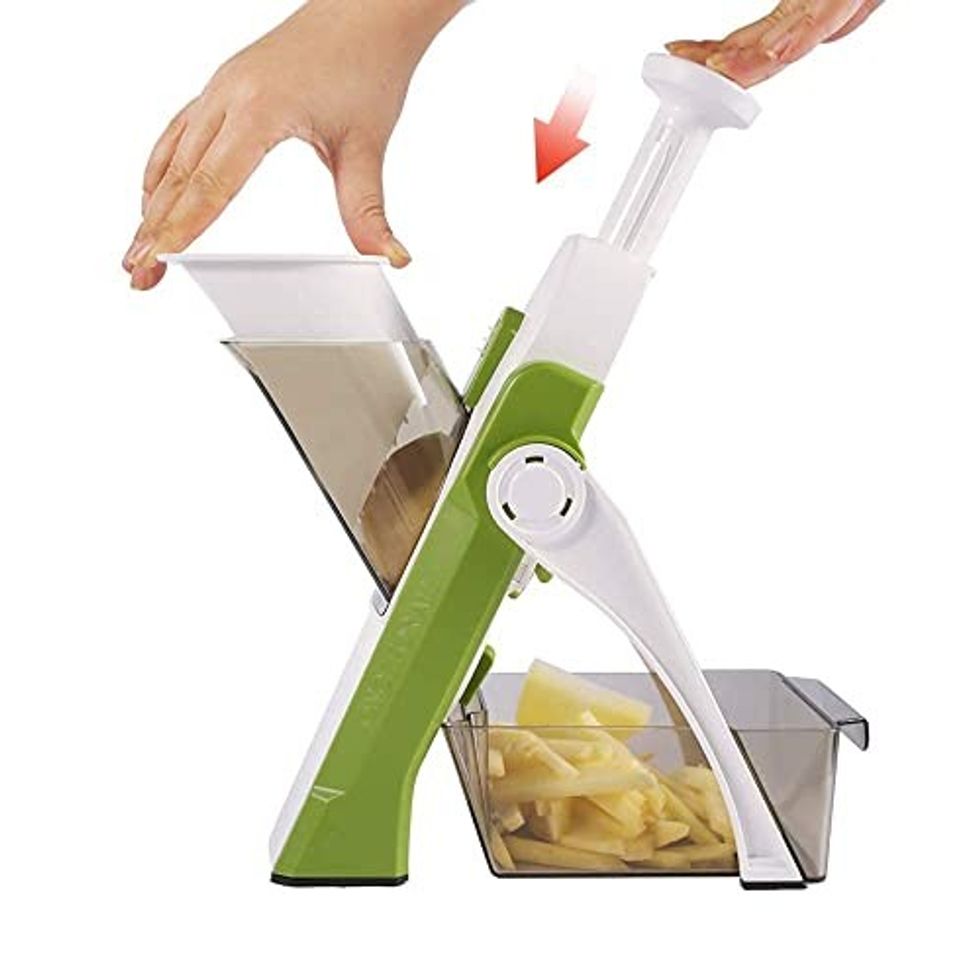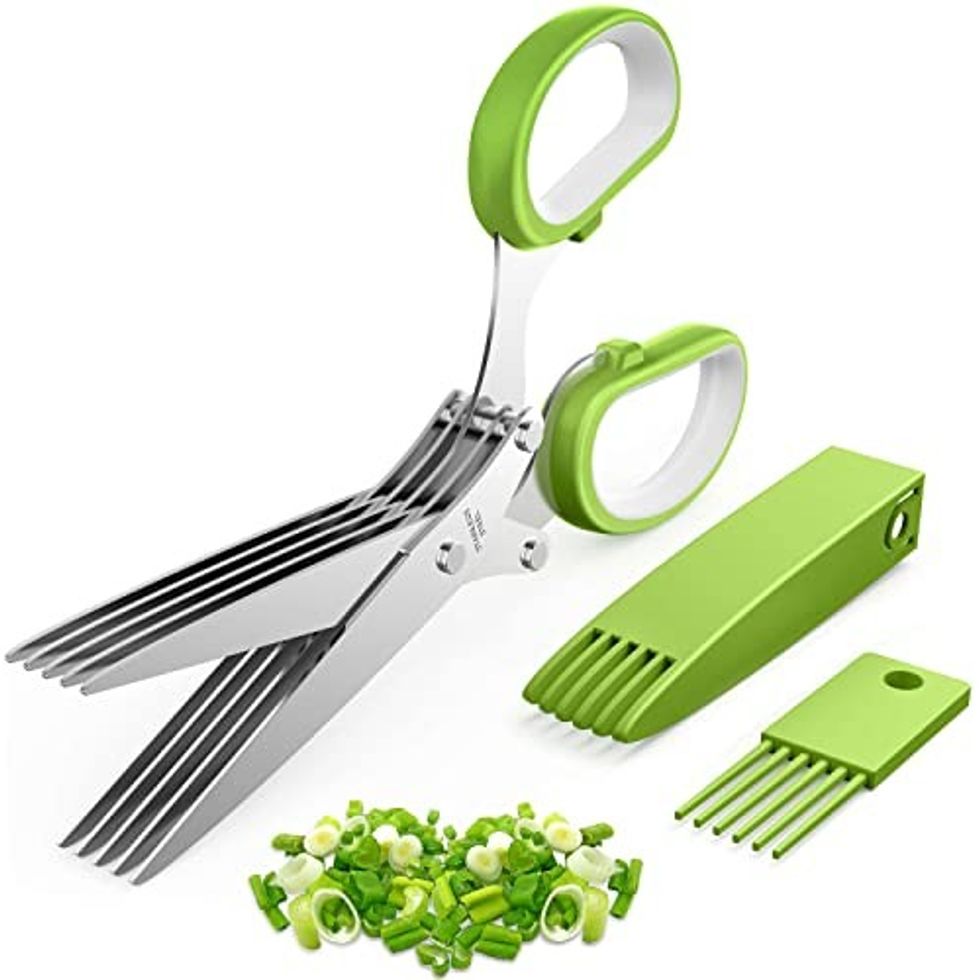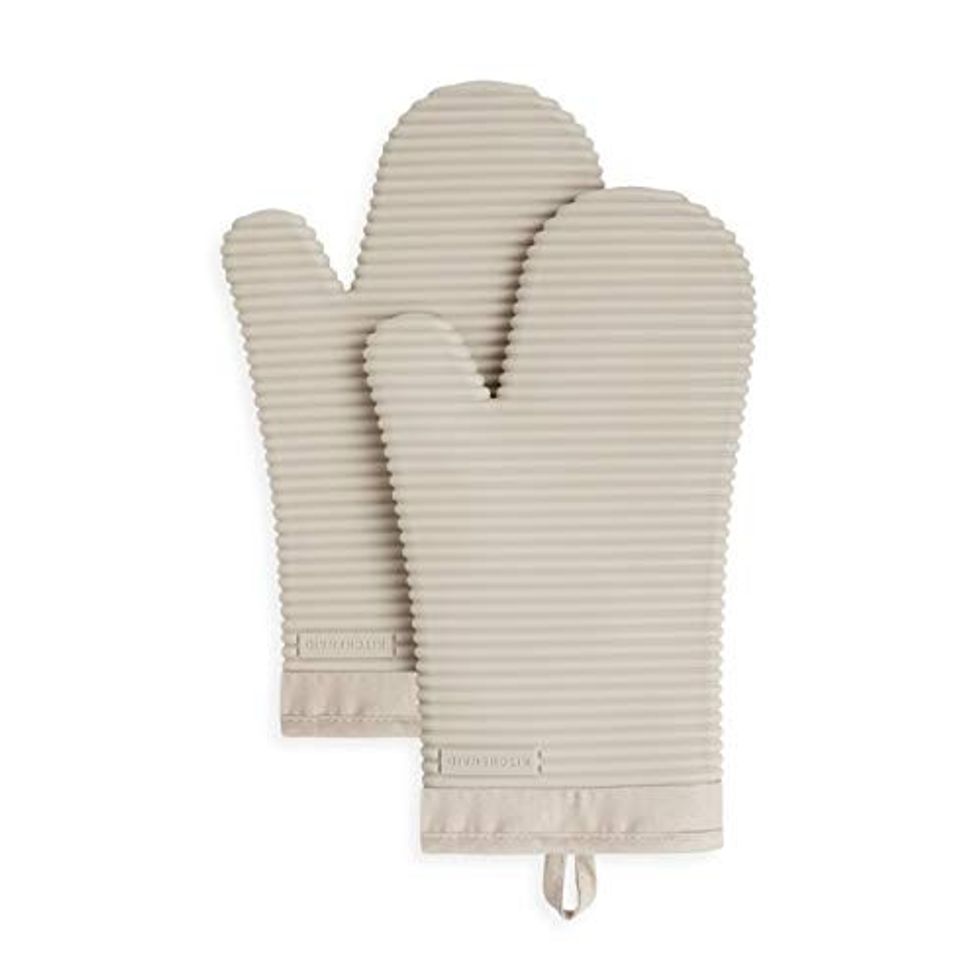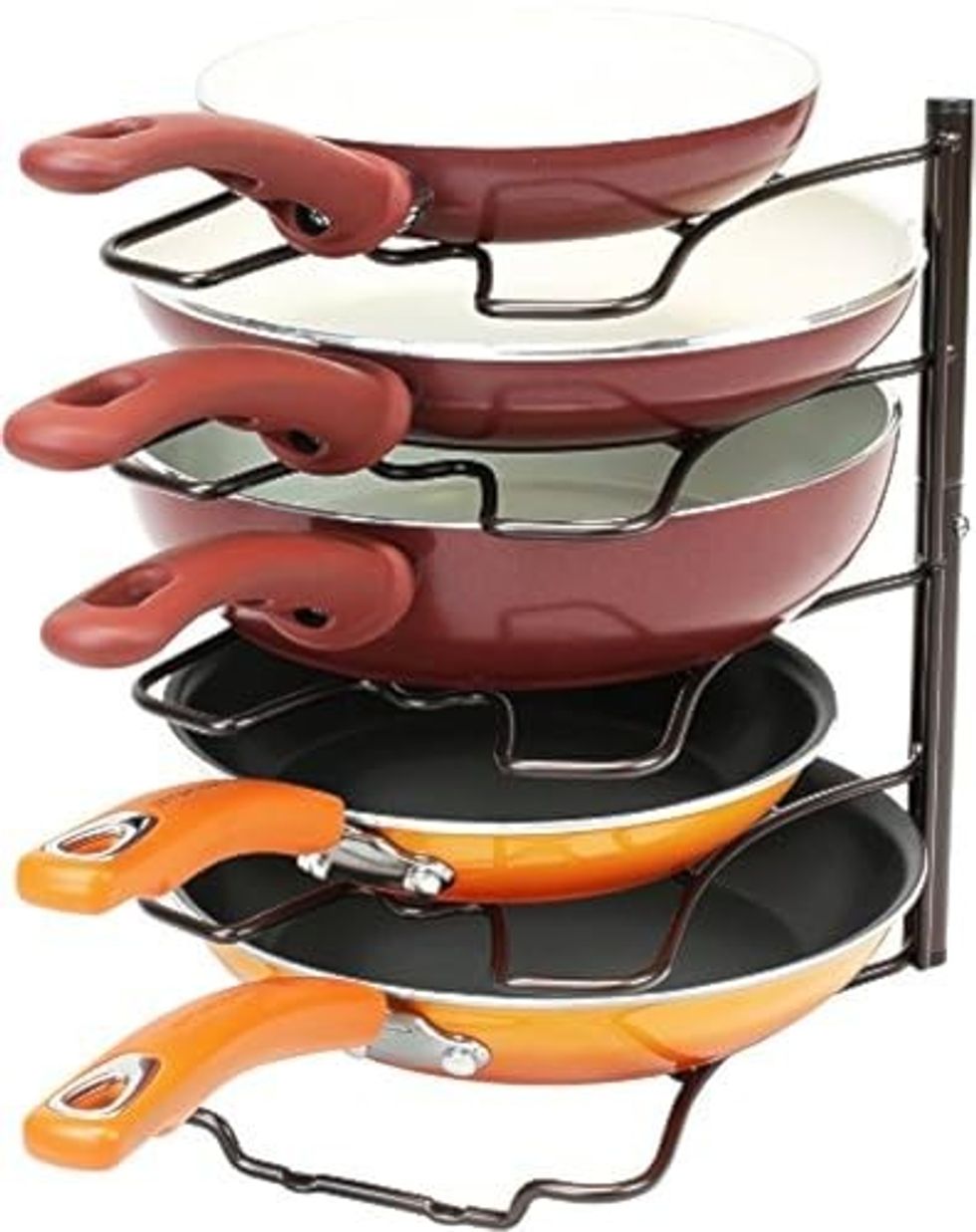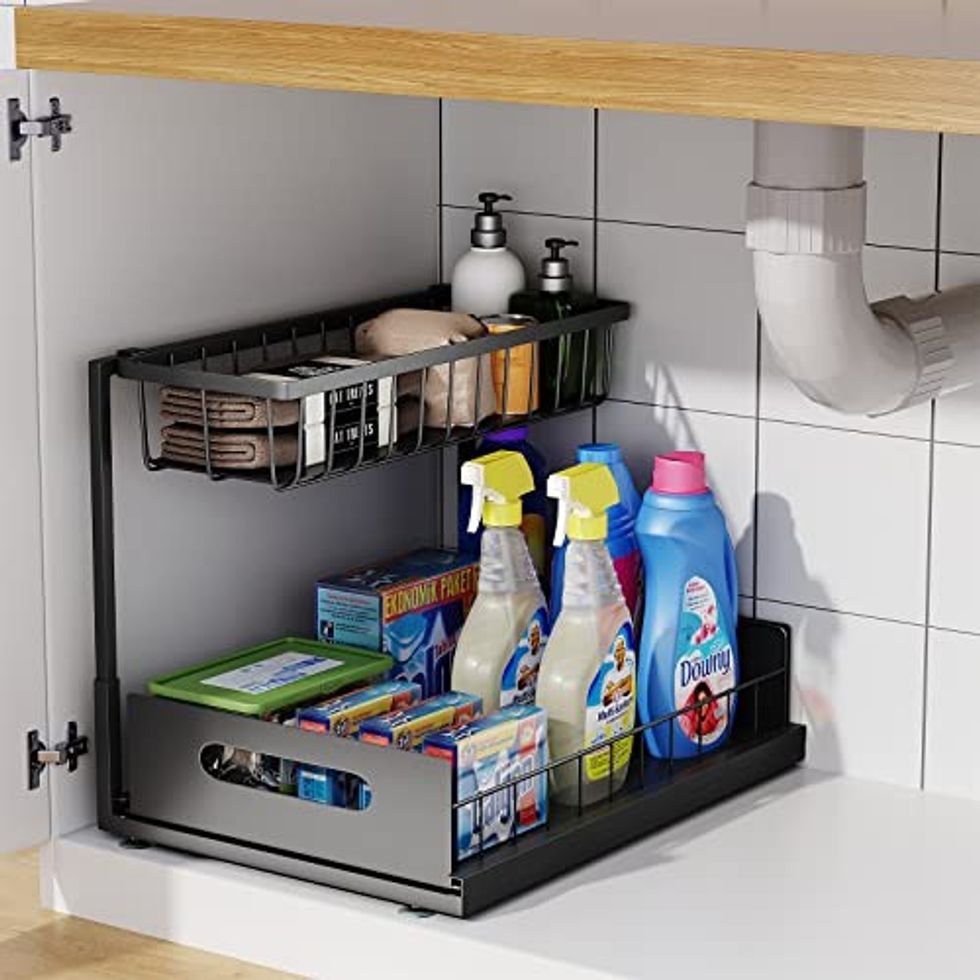A beginner's guide to creating a cohesive design style.
10 Trending Interior Design Styles, And How To Get The Look

Theresa Gonzalez is a content creator based in San Francisco and the author of Sunday Sews. She's a lover of all things design and spends most of her days raising her daughter Matilda.
If, like most people, you’re your own interior designer, you’ve probably accumulated a fair amount of decor over the years. You like it all — okay, most of it — and, sure, it pulls from similar styles (think minimalist and mid-century modern) for a result that makes sense. But it might stop just short of cohesive. What you really want is a space worthy of a viral TikTok, and to get that, it helps to know the elements of the interior design style you’re aiming for.
We decoded 10 interior design styles trending right now, and with help from Pacaso created a quick cheat sheet for how to recreate them at home. Whether you want to go big and bold with a maximalist or eclectic style, keep it calm with coastal or cottage, or finally achieve the Scandinavian dream home, you can find a quick overview for each aesthetic below, plus a few tips for creating each one.

Photo by Gavin Carter
Cottage
Quaint is the vibe this traditional yet unpretentious style evokes. It dates back to 18th-century Germany where textiles were homespun and furniture was handmade. Get the look today with rustic wood floors, wood furniture with clean lines, and a neutral color palette. Keep curtains airy and minimal — cottage style is all about the interplay of light and texture — and lighting soft and abundant.
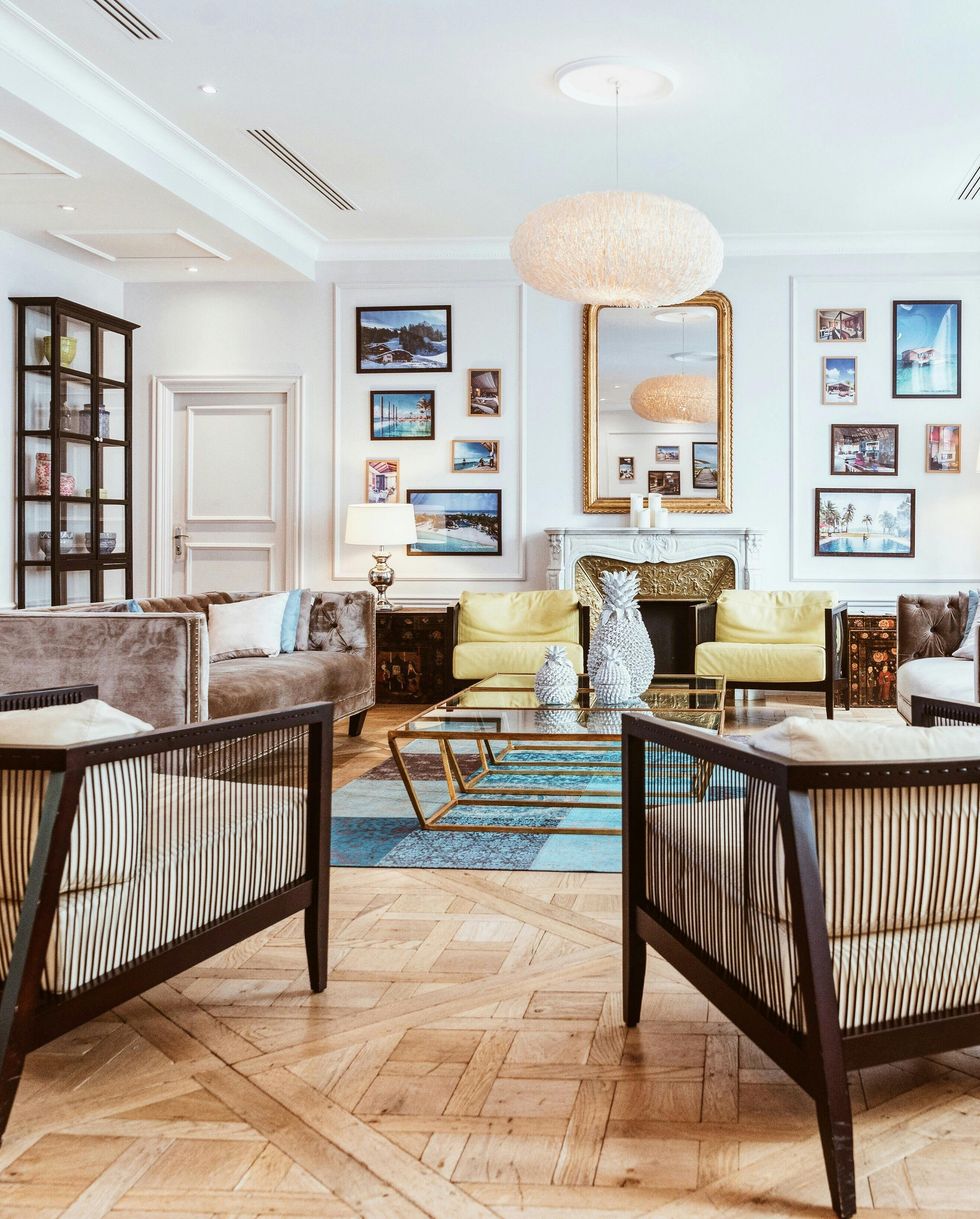
Photo by Vincent Rivaud
Maximalism
After years of living in stark shades of minimalism, maximalism is the outburst we needed in 2024. Here, art is free to take up a whole wall, bookshelves can overflow with trinkets and tchotchkes, and color is always the answer. The trick is to tie it all together with a through line — like the blues in the room above — and aim for a 50-50 space-to-stuff ratio.
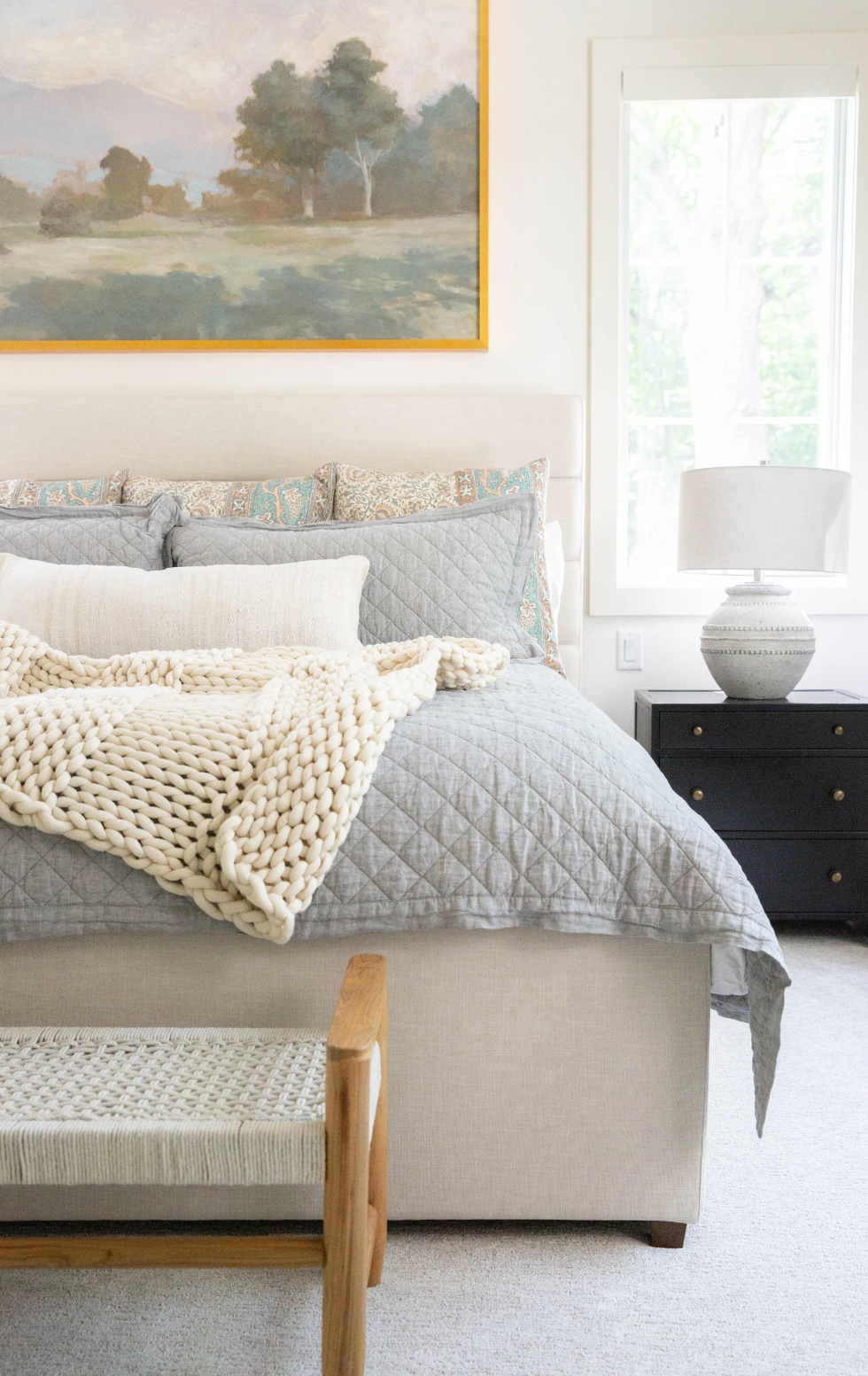
Design: Stone House Collective
Coastal
Grandmas aren't the only ones who get to live that coastal life. This timeless aesthetic is all about natural elements and muted neutrals, like sandy taupes, and grayish blues. Keep it light and airy with sheer curtains and an abundance of space, and even if “coastal” is only a state of mind, you’ll want to add a few borrowed-from-the-beach accents — think sea glass, driftwood, and dune grass.
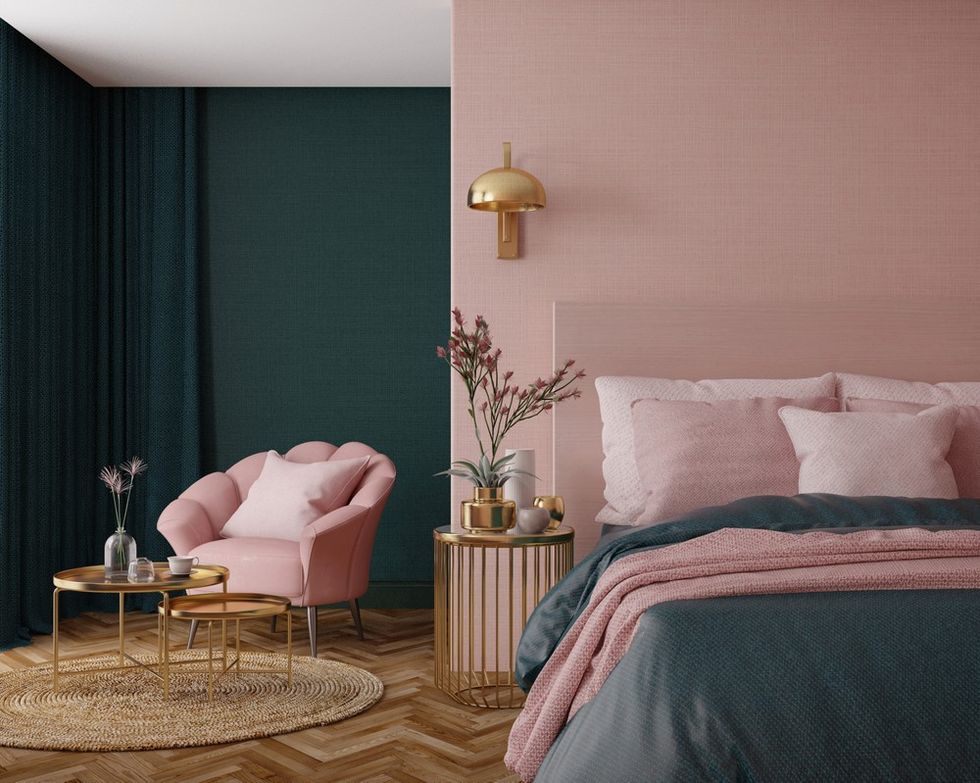
Shutterstock
Art Deco
Whether you throw parties like you’re Jay Gatsby or start your two-hour bedtime routine at 7:30, art deco can work for you. The glamorous style originated in 1910s France and fanned out across the globe in the ‘20s, peaking in the U.S. in the ‘30s shortly after Prohibition ended. It’s all about jewel tones, oversize statement pieces, and geometric light fixtures. Repetition is art deco’s MO: Repeat elements, such as one simple shape, a contrasting color, or similar patterns, throughout your room or home.
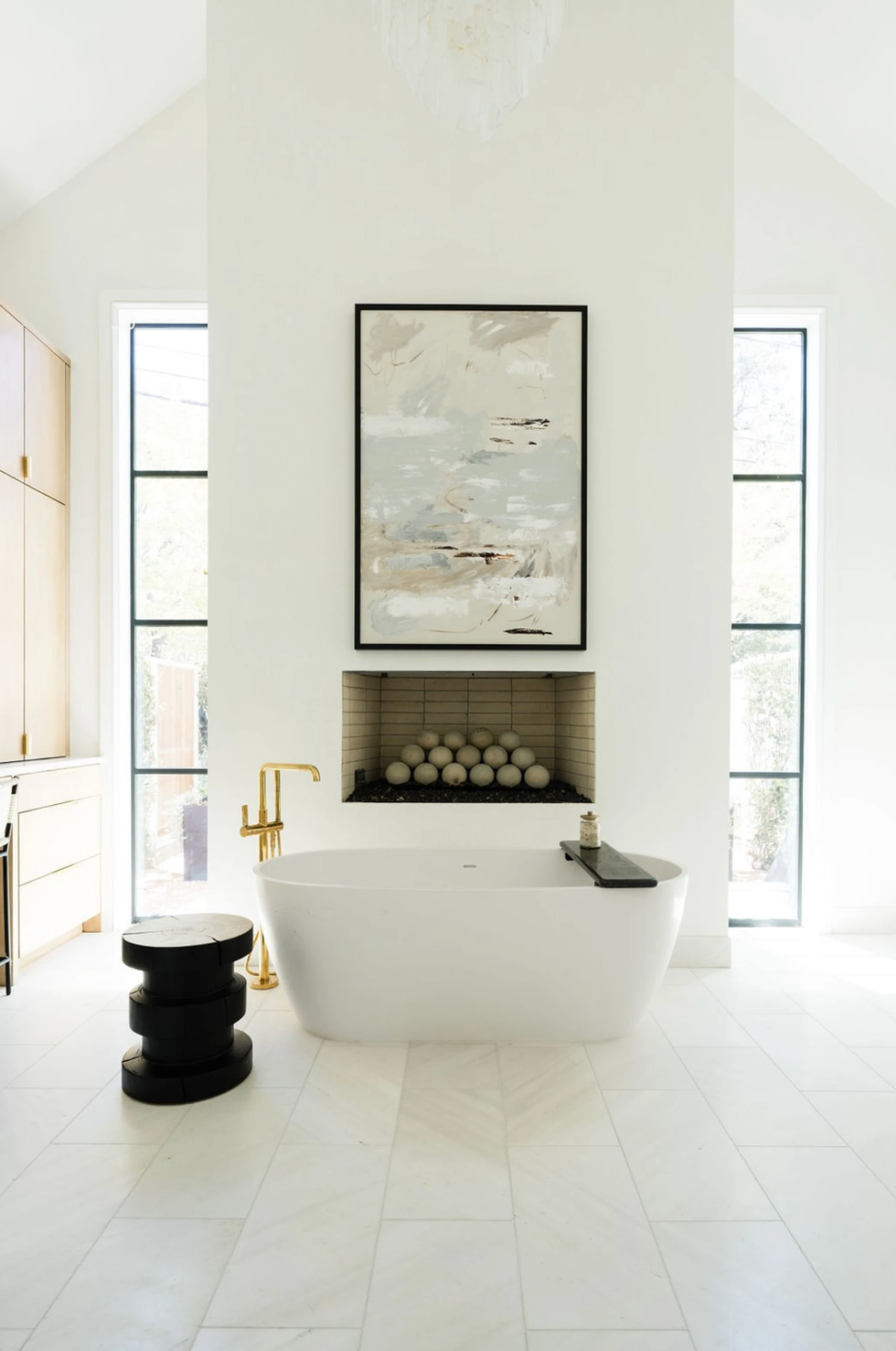
Design: Arterberry Cooke
Minimalism
Tried-and-true minimalism isn’t going anywhere anytime soon. A successor of 20th-century Bauhaus, the pared-down style is a celebration of simplicity, not to mention one of the easier looks for mere mortals to achieve. While an open-concept space is minimalism’s calling card, you can invoke it with clean lines, plenty of lighting, and a few pieces of can’t-live-without decor. Pro tip for that clutter-free life: Invest in furniture that doubles as storage.
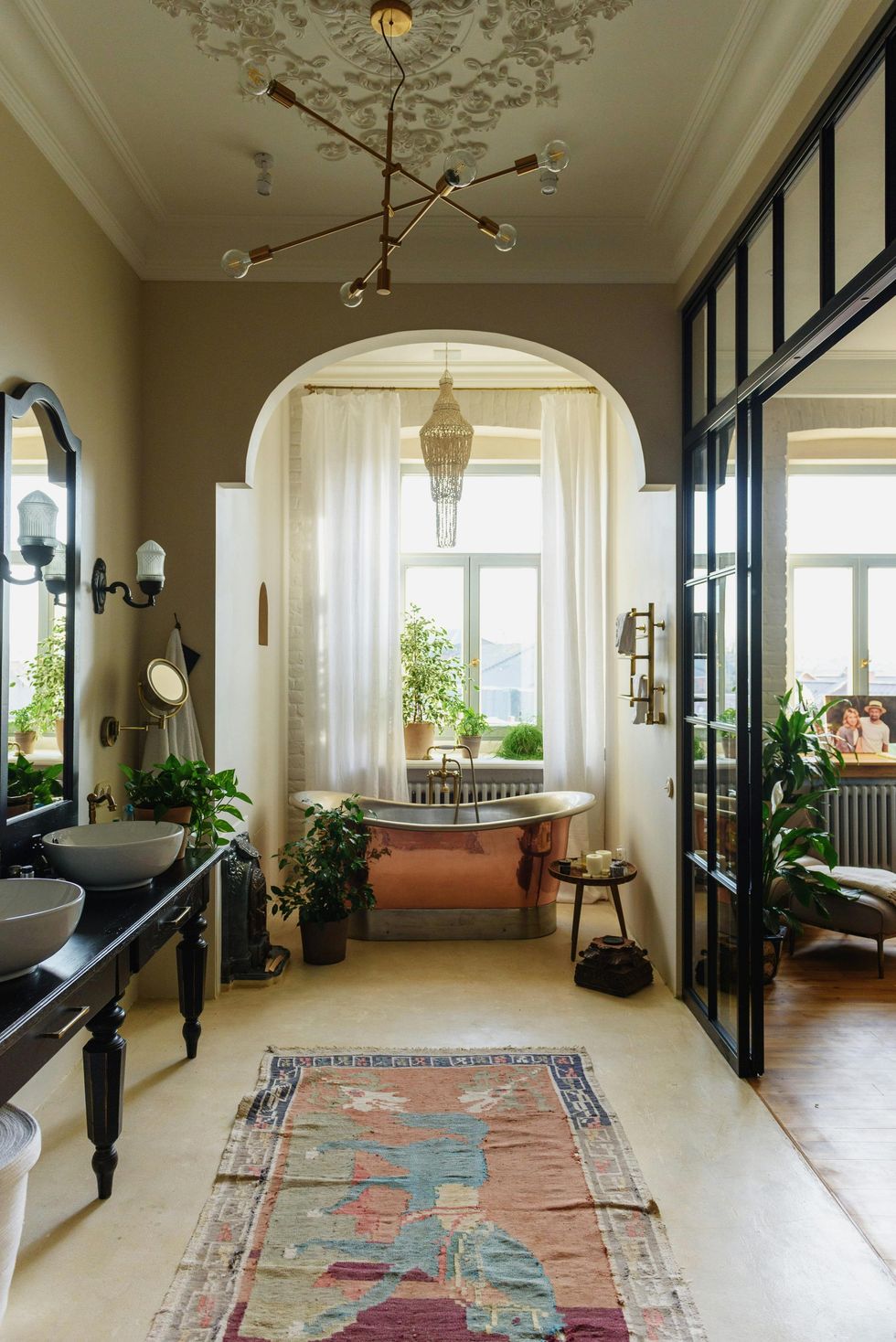
Photo by Ksenia Chernaya
Eclectic
While “eclectic” may conjure up an anything-goes approach, the style is not as haphazard as it sounds. Yes, it allows you to pick and choose from multiple aesthetics, but there is a method to the madness: Use one style for your furniture and then mix in two to three complementary styles for your decor. Any more styles, and you’ll risk veering into hodgepodge territory — though we’ll never say never.
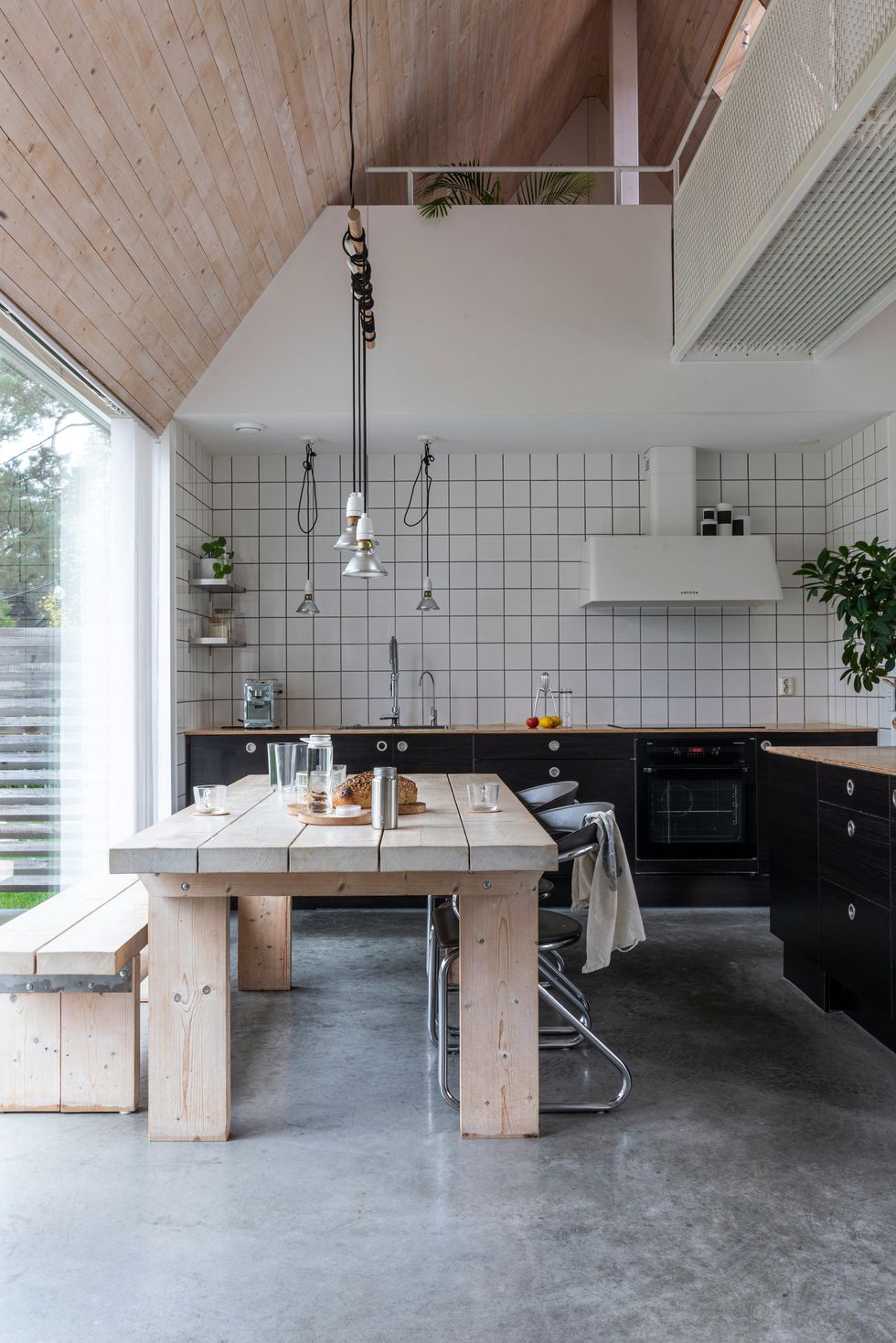
Photo by Bluewater Sweden on Unsplash
Scandinavian
Similar to minimalism but a bit warmer and earthier, Scandinavian style is a clean, simple look. It warms things up by working in organic elements like wood, rattan, and plants as well as muted colors (who among us can resist a mauve moment?), soft textures (chunky knits, where art thou?), and clean lines in hyper-functional furniture (Ikea did not come up with that all by itself).
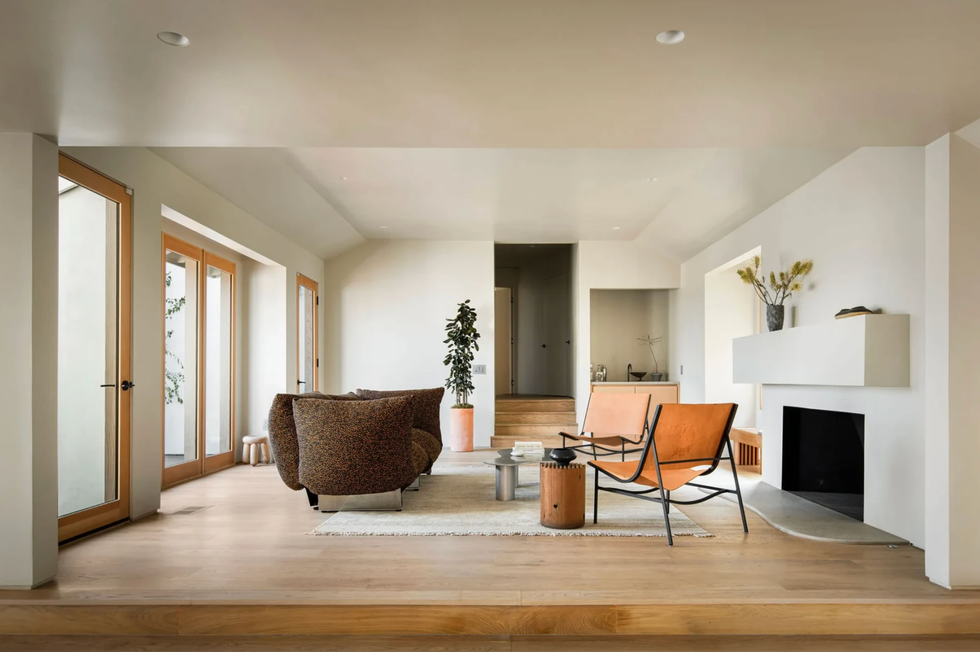
Photo + Design: Klein Agency
Japandi
There's a lot to love about Japanese and Scandinavian design. Both aesthetics emphasize neutral and earthy colors, sustainable materials, and the great outdoors (plants, branches, and solids woods). Japandi design brings the two decor trends into one happy, harmonious place, influenced by the subtle differences in each design. There's the comfort and warm minimalism of the Scandi style combined with the elegance, attention to detail and wabi-sabi, or rustic simplicity (wabi) and beauty in imperfection (sabi), of the Japanese side.
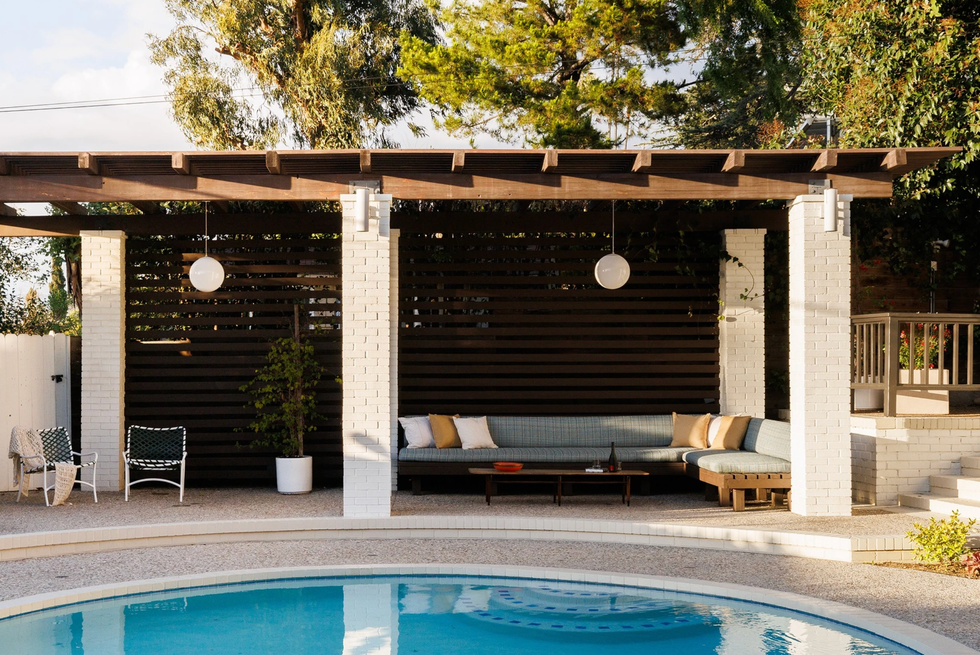
Design: Meredith Kleinman Design
Mid-Century Modern
A design born out of 1950s America, mid-century modern is a versatile style that feels both timeless and vintage. Its trademark look is furniture with strong clean lines paired with bronze metal accents, geometric shapes, and bright pops of color. Given mid-century modern’s popularity over the last decade, plenty of home stores sell convincing replicas, but flea markets, garage sales, and vintage stores are teeming with the real deal.
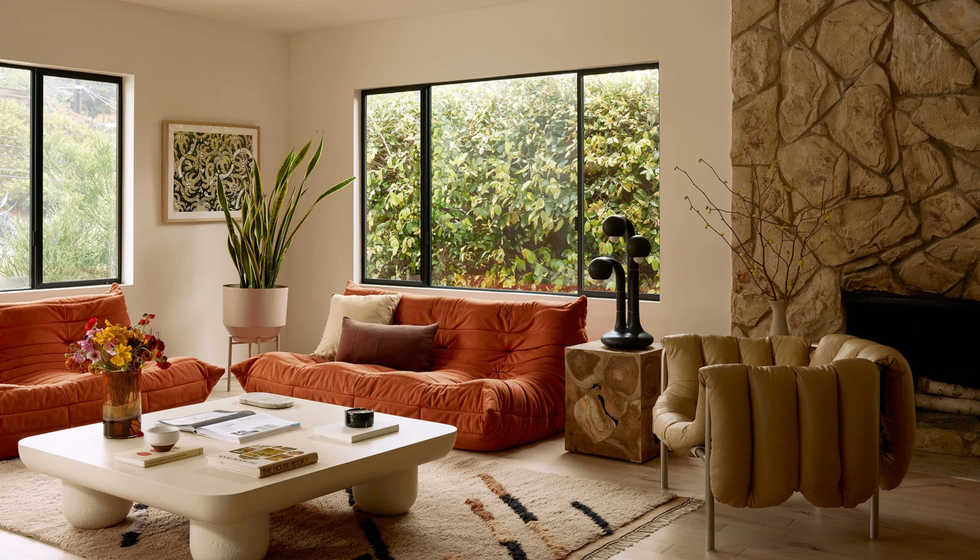
Design:Dacotah Studio
70s Modern
A bit more daring in its approach, 70s modern decor is mid-century modern’s younger, less conservative cousin. There’s a sense of playfulness with bean-bag-like sofas and globe-shaped lamps. Look for bold colors (earthy tones like olive green, mustard yellow, burnt orange, and chocolate brown), eclectic patterns (waves, globes and checkerboards), and materials like walnut wood, chrome, and shag carpeting. Modular furniture is also a hit with coziness and cool top of mind.
Love learning more about interior design styles? Be sure to subscribe to our newsletter for more home decor inspo and ideas!
Lead image by Spacejoy on Unsplash.


































